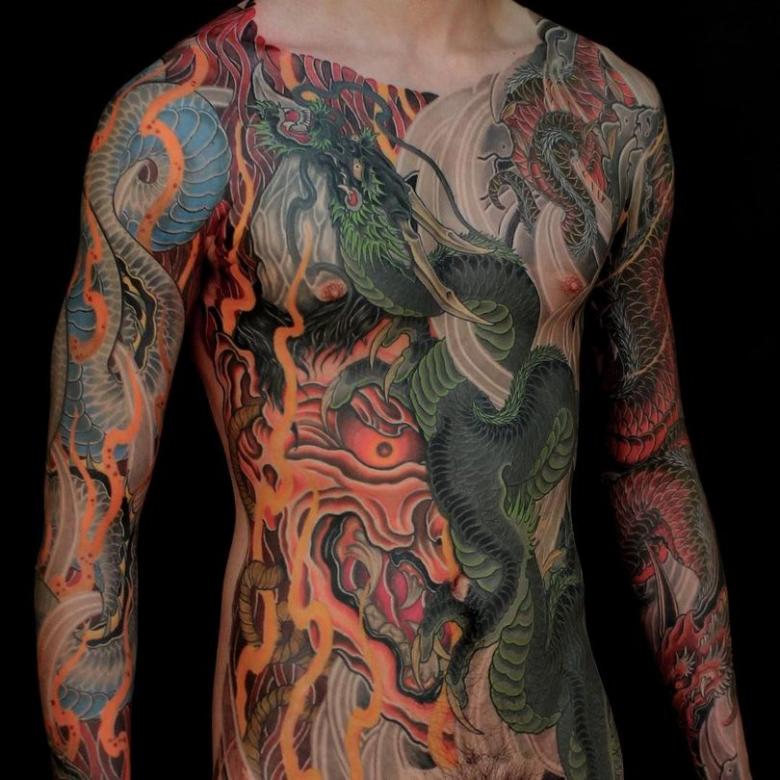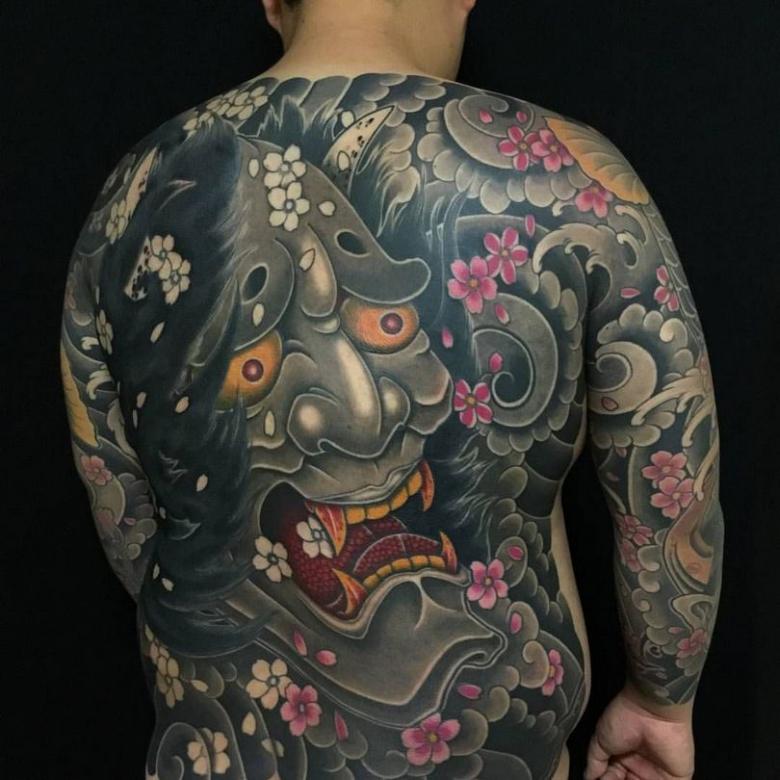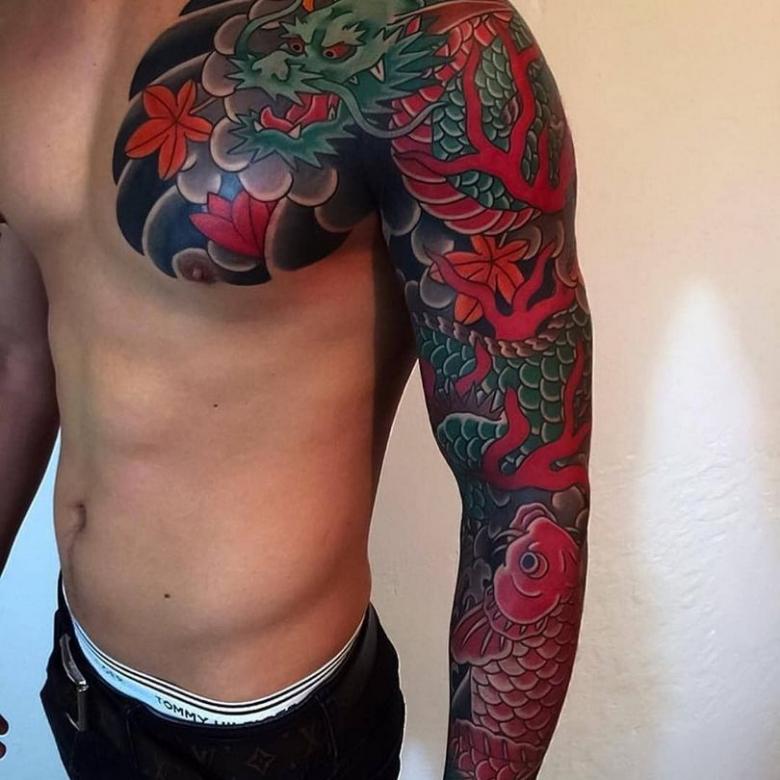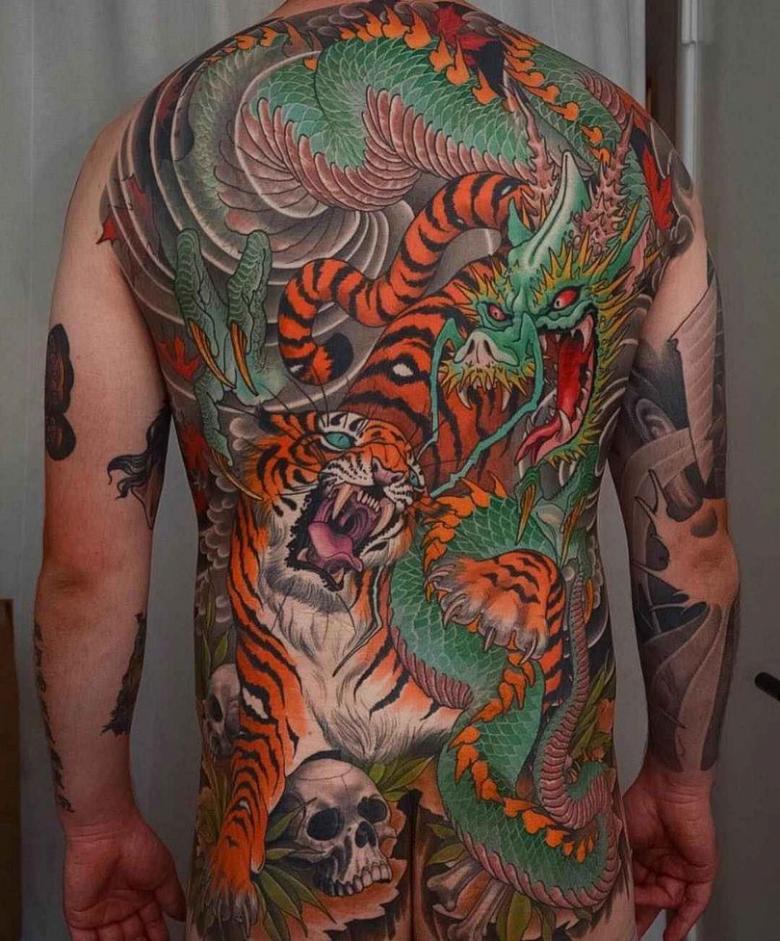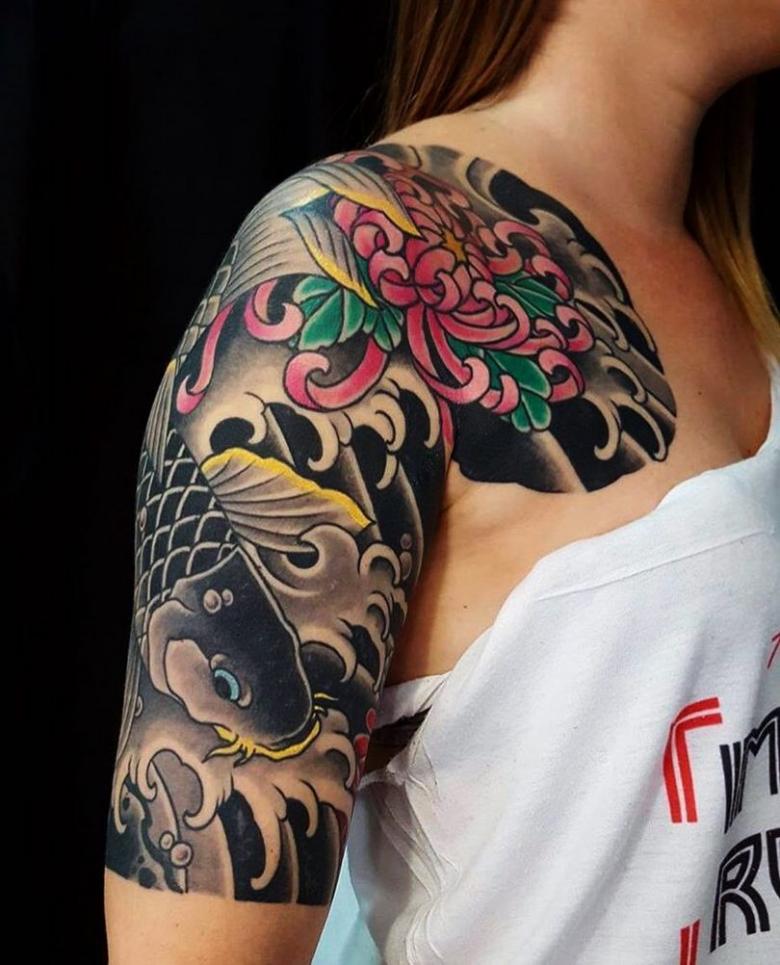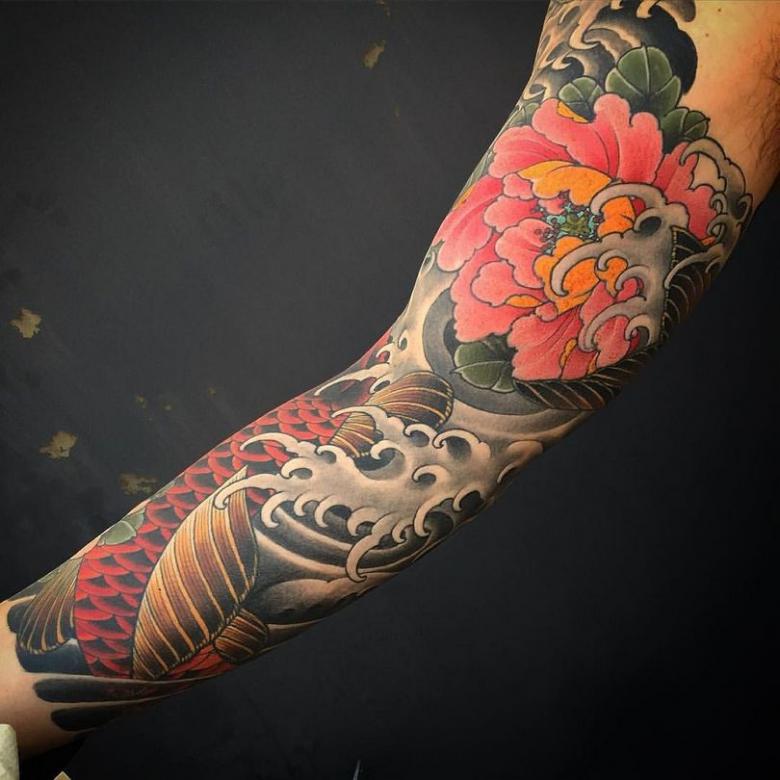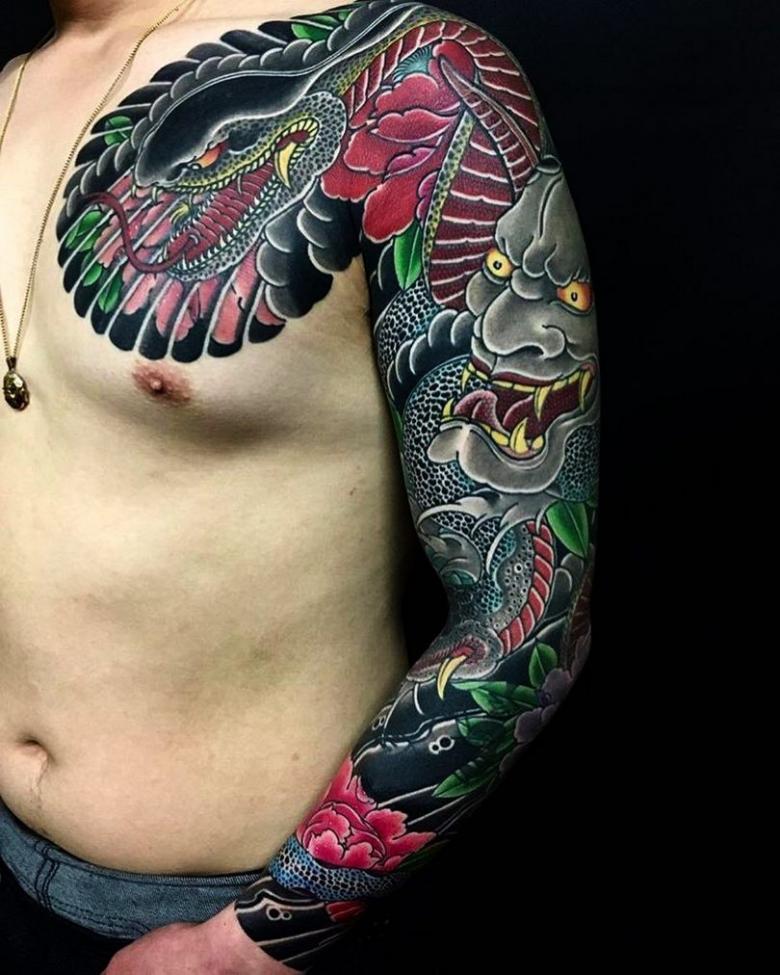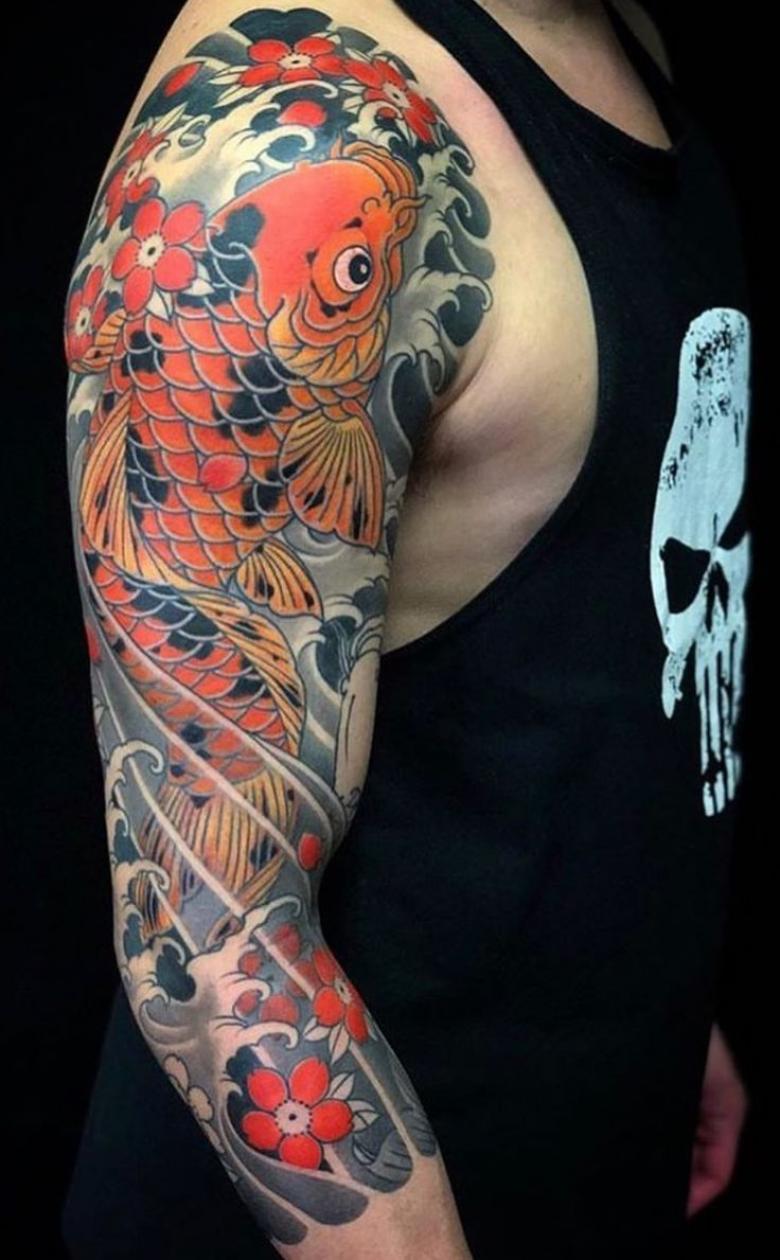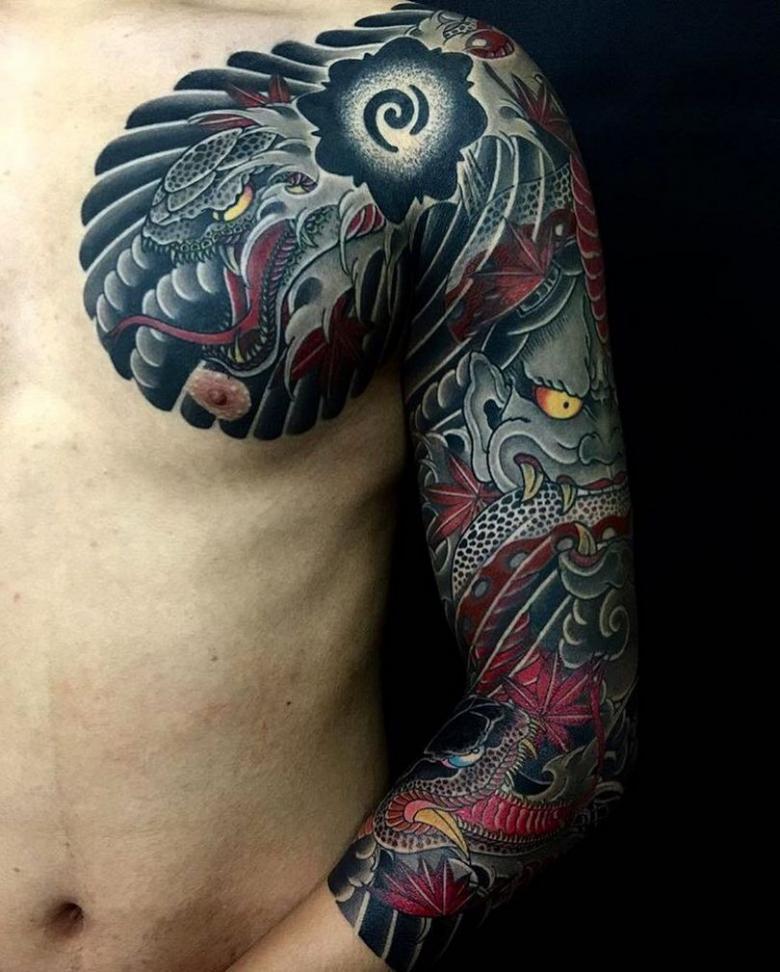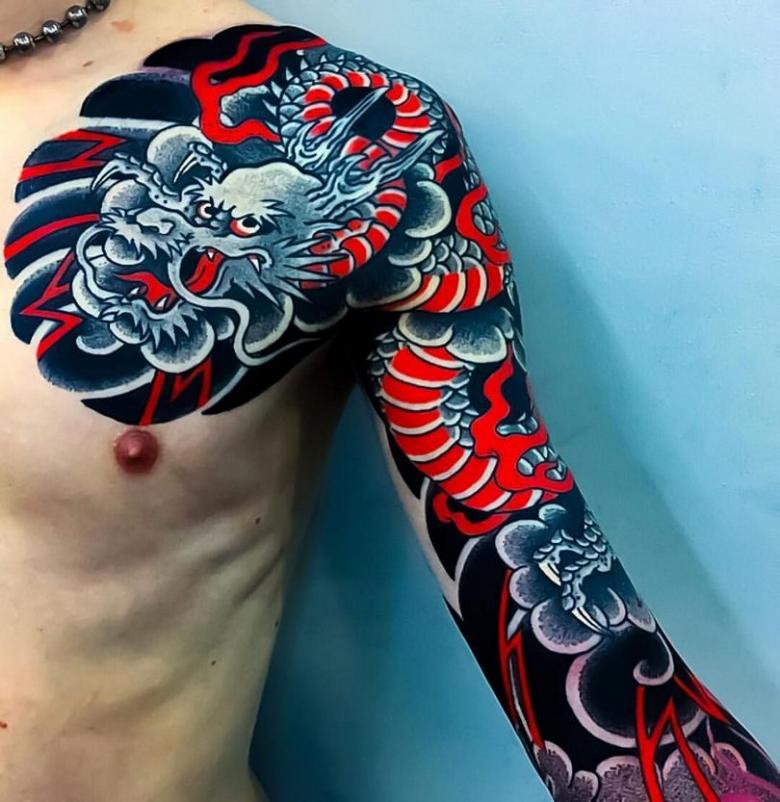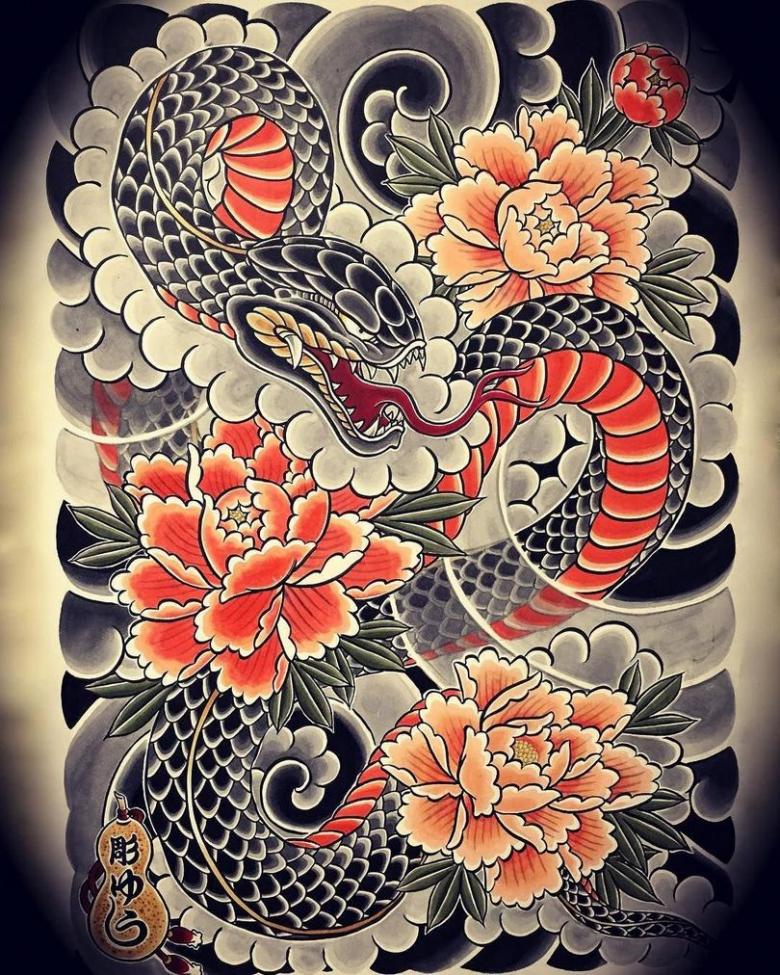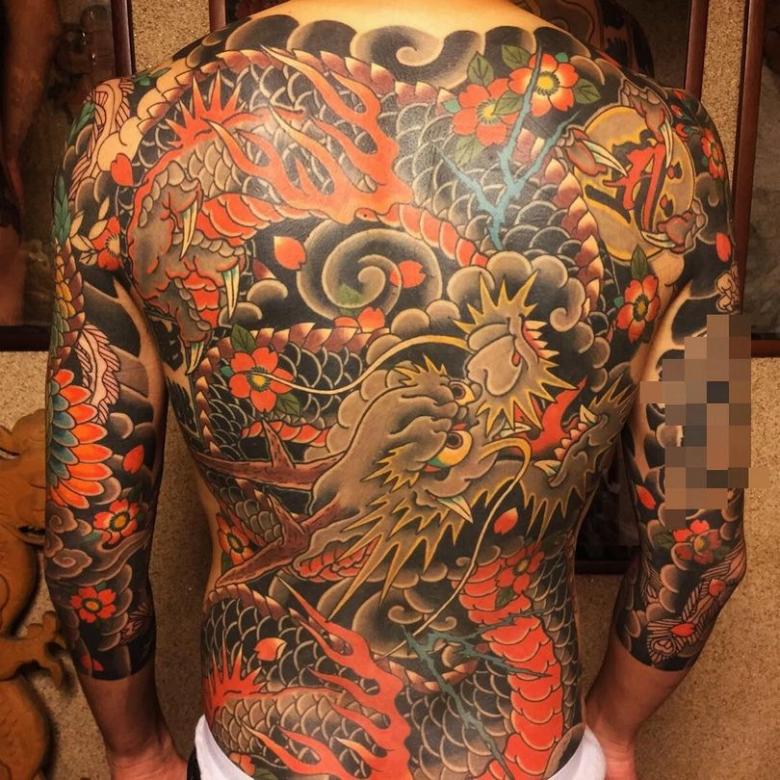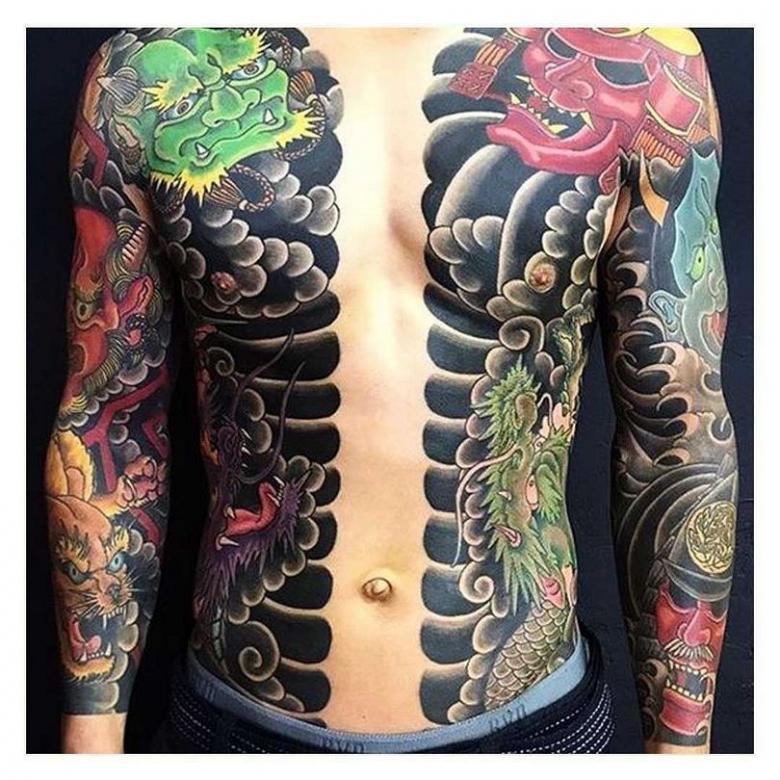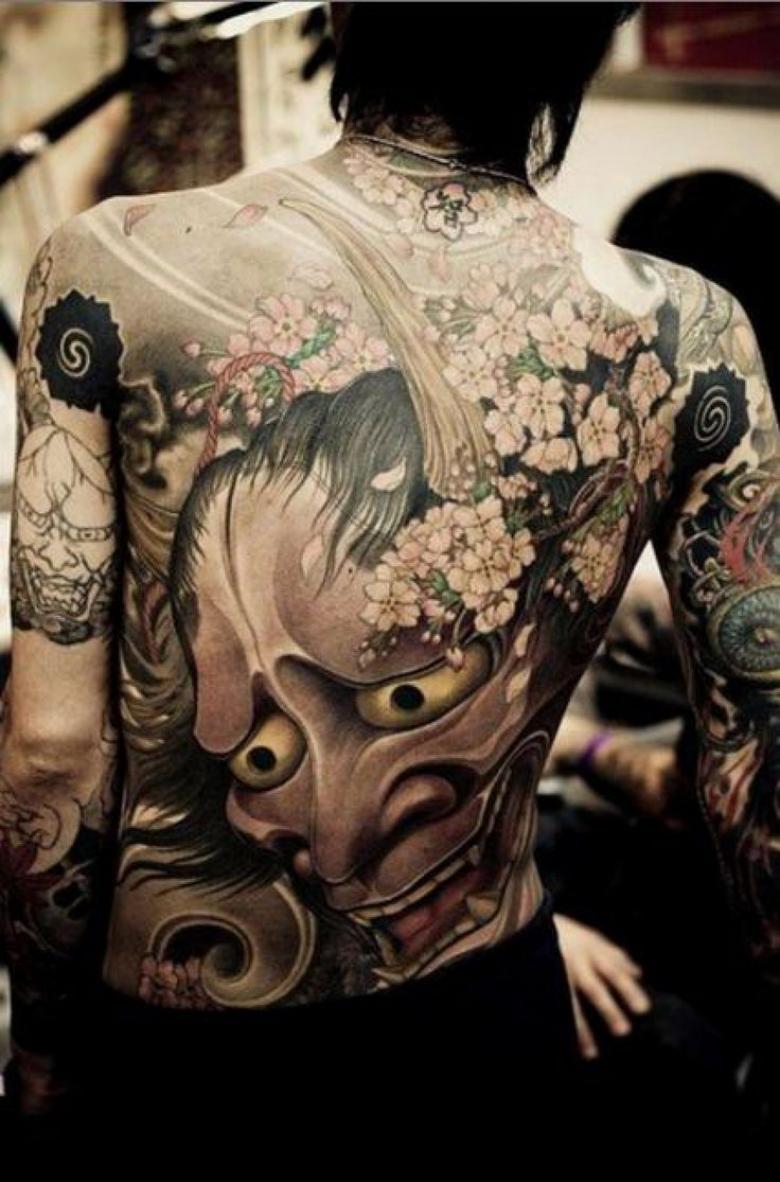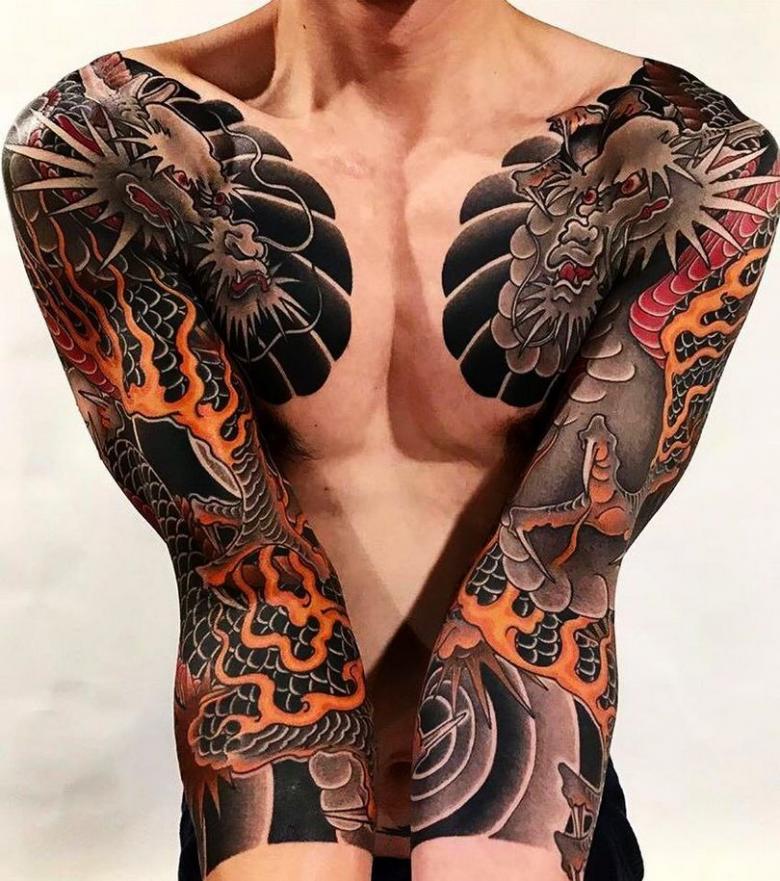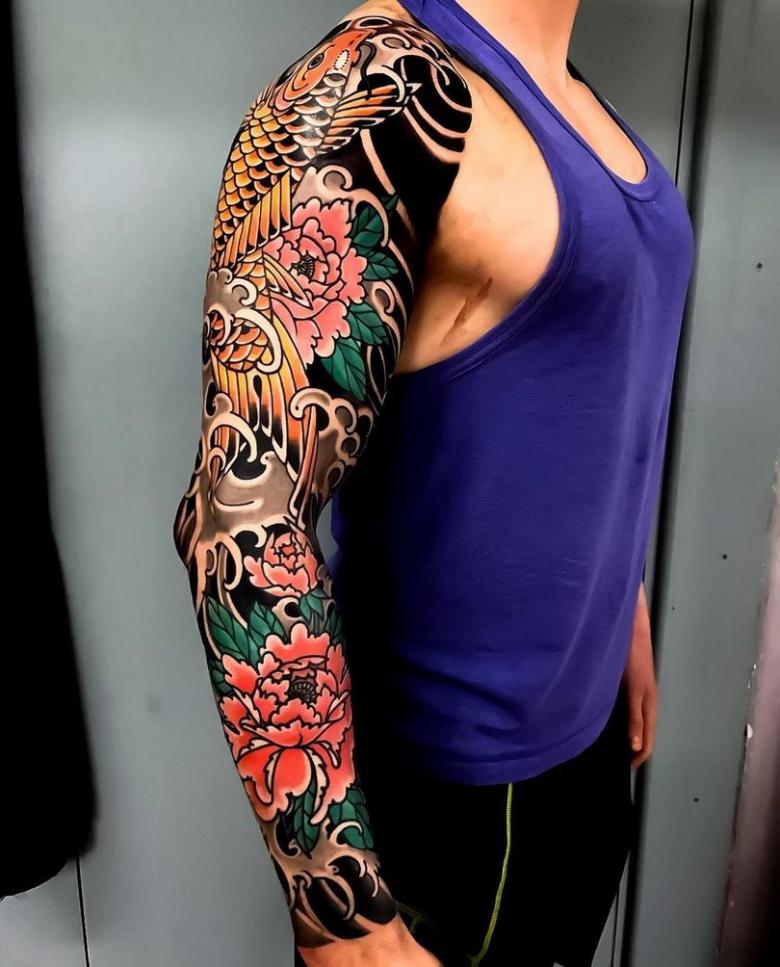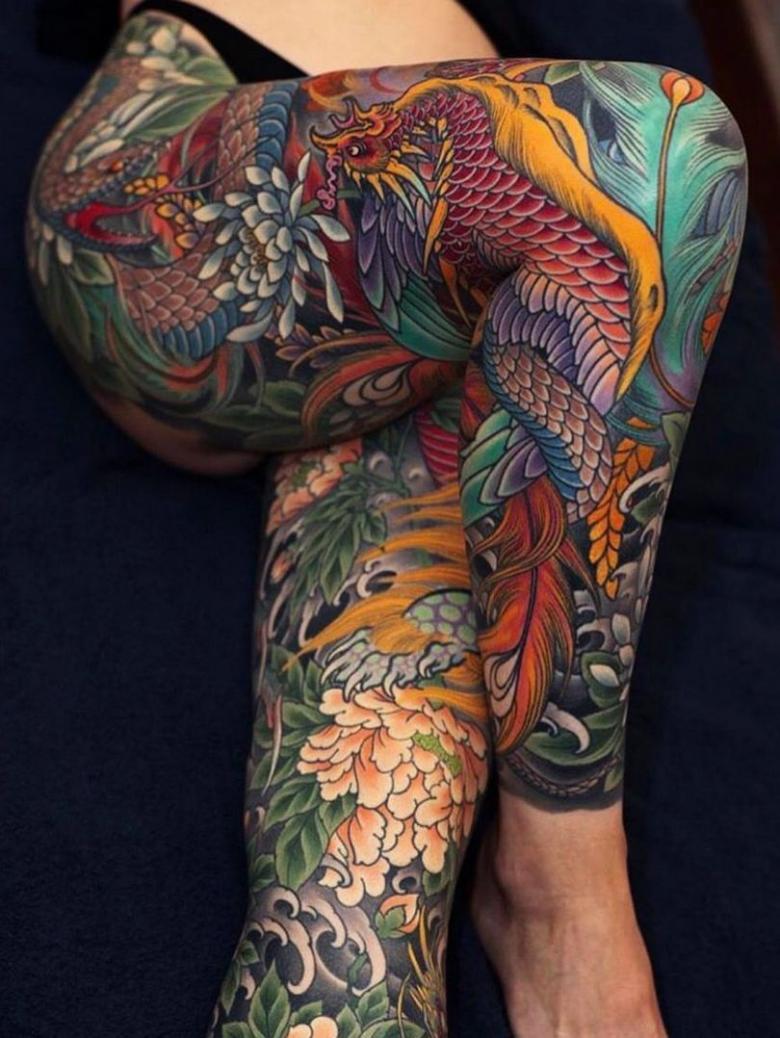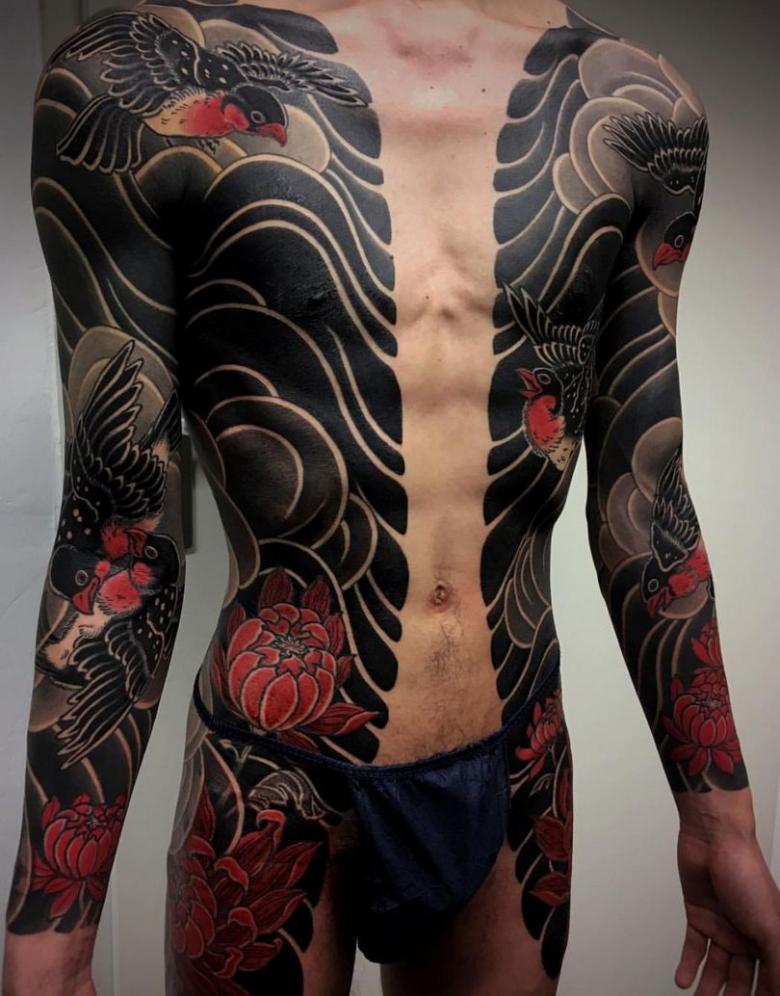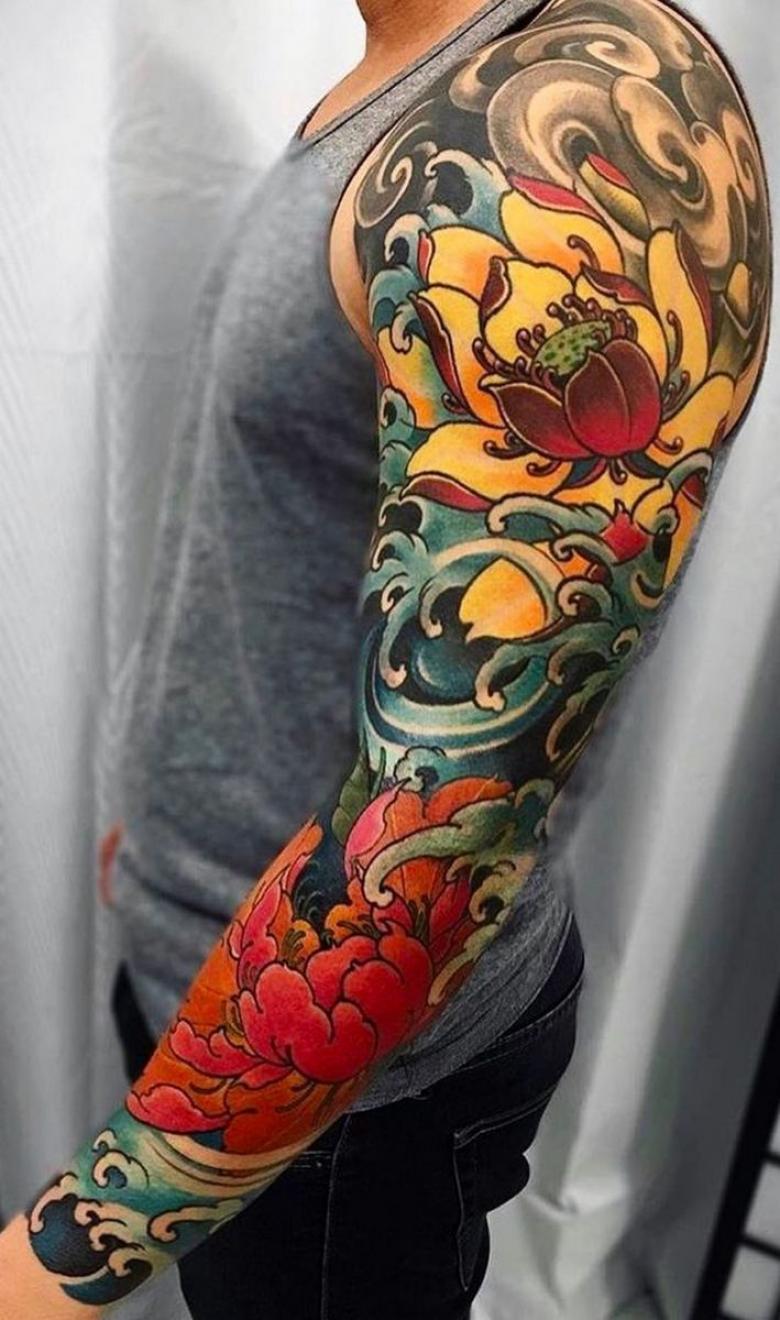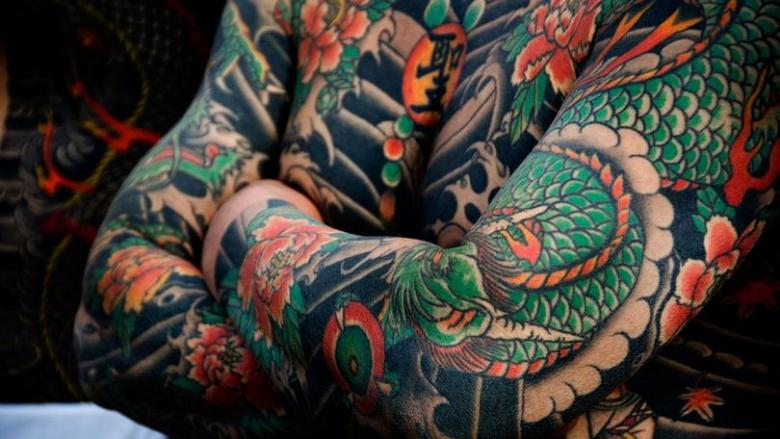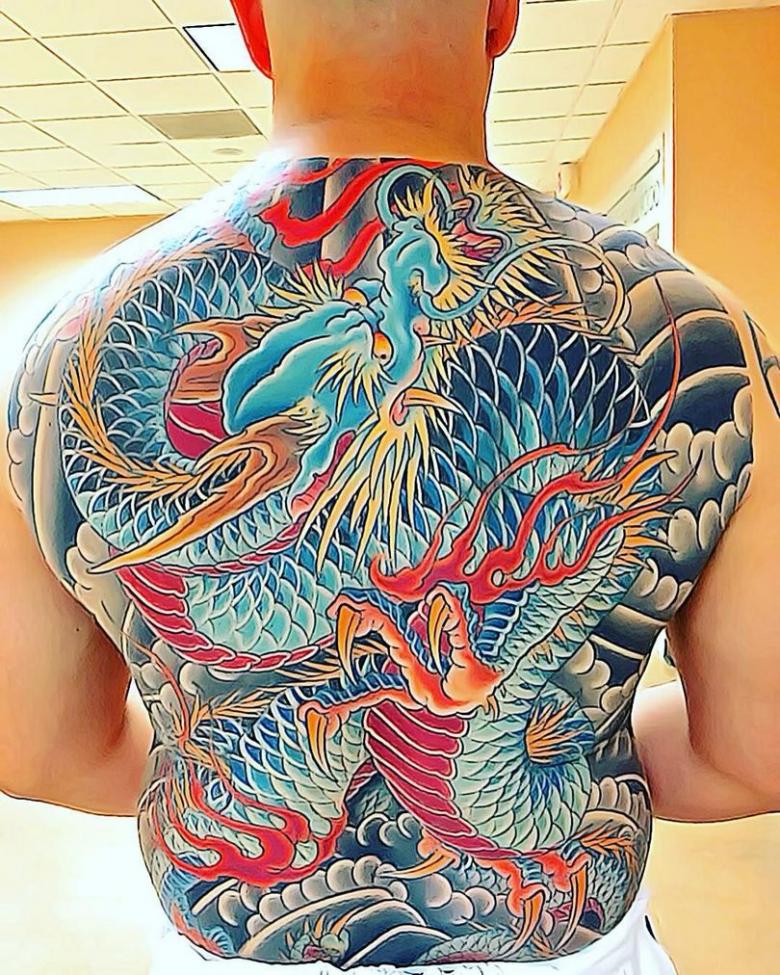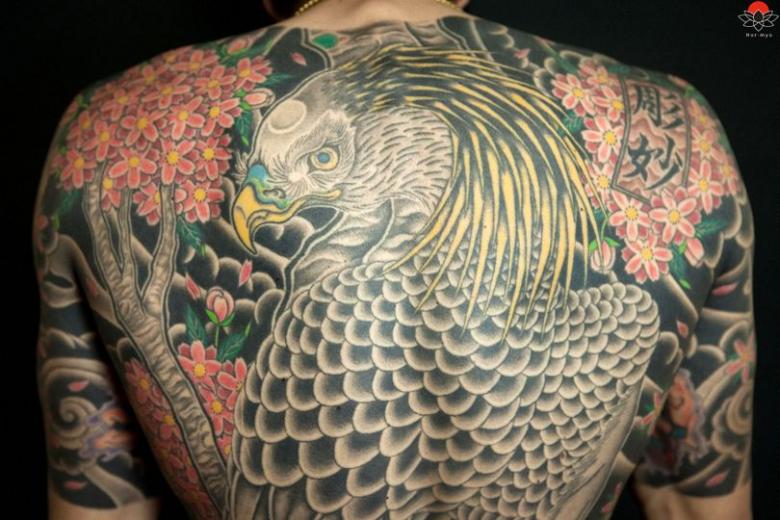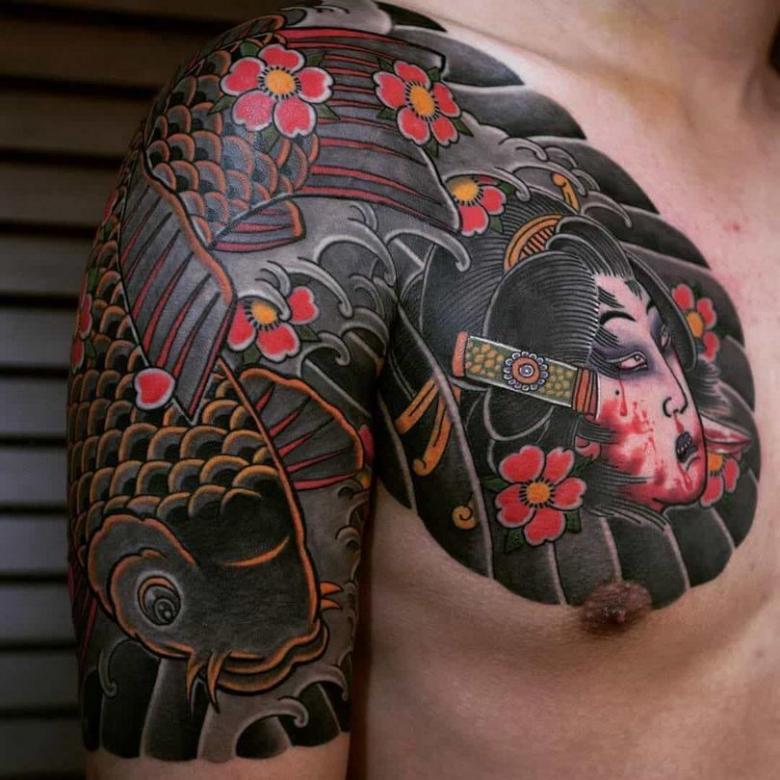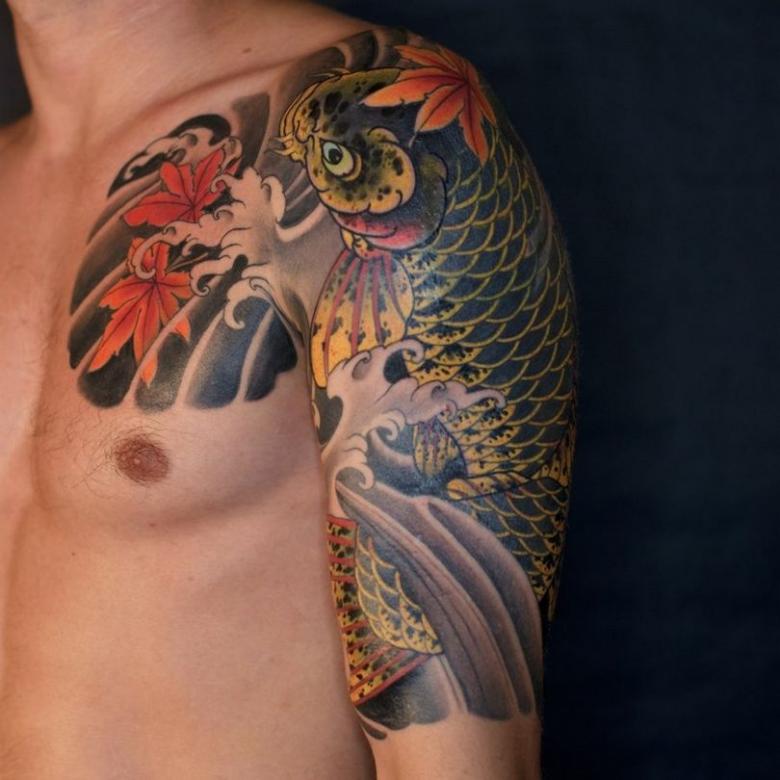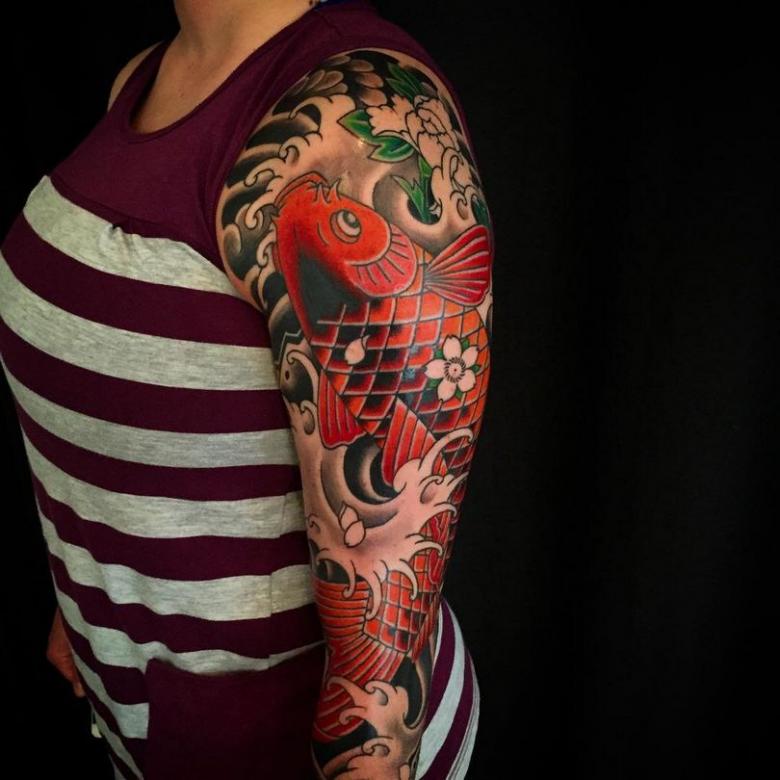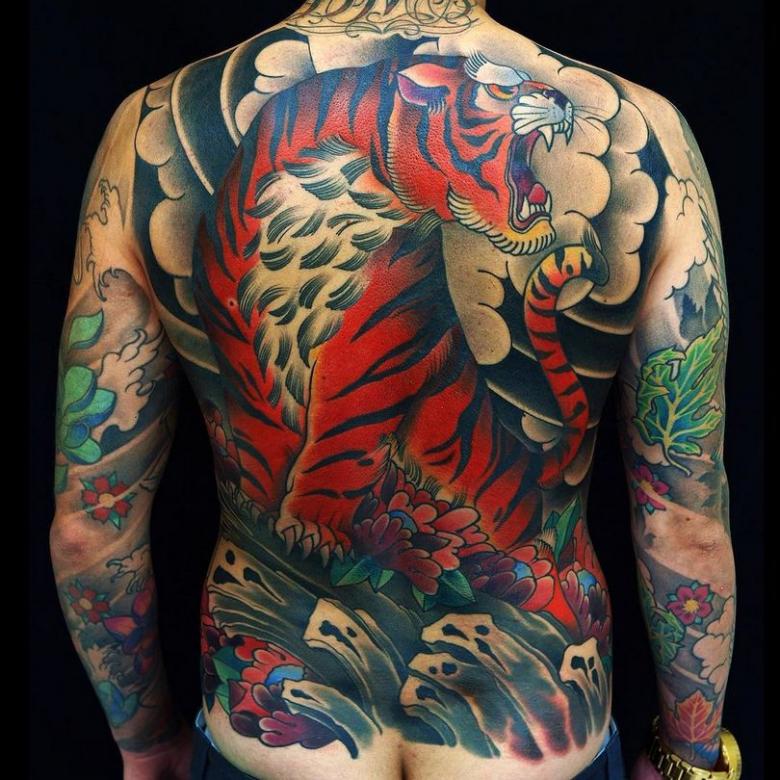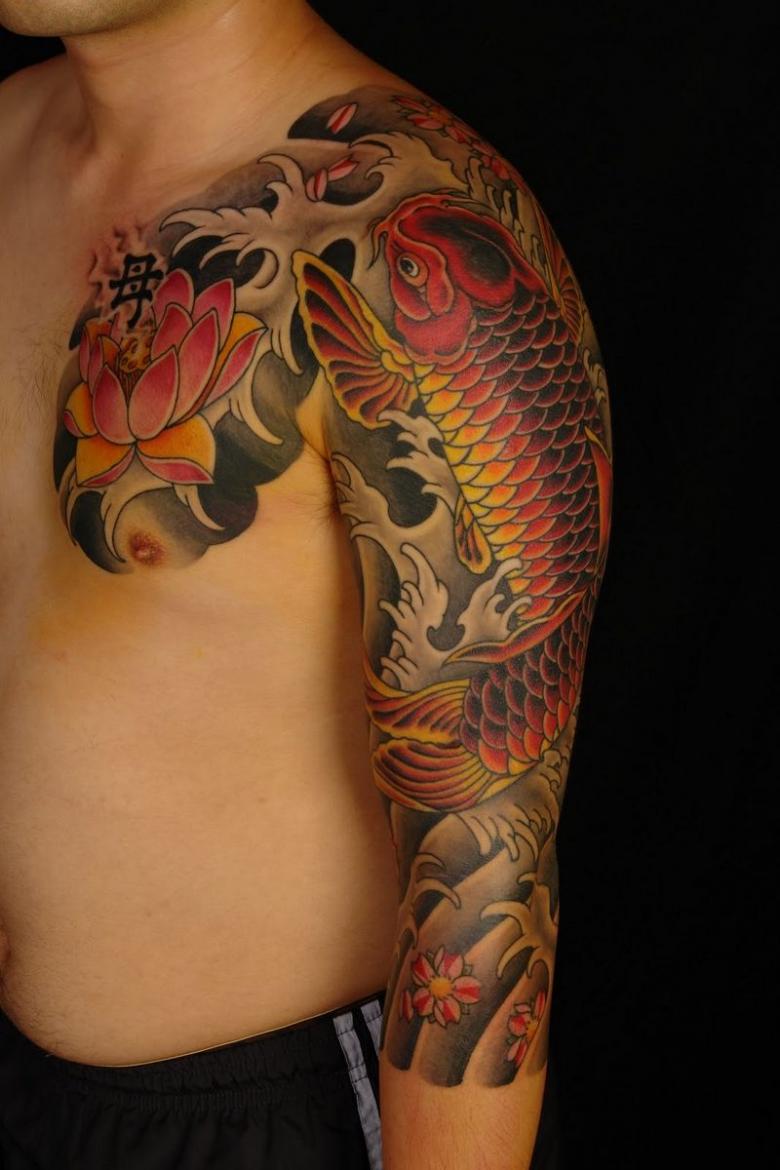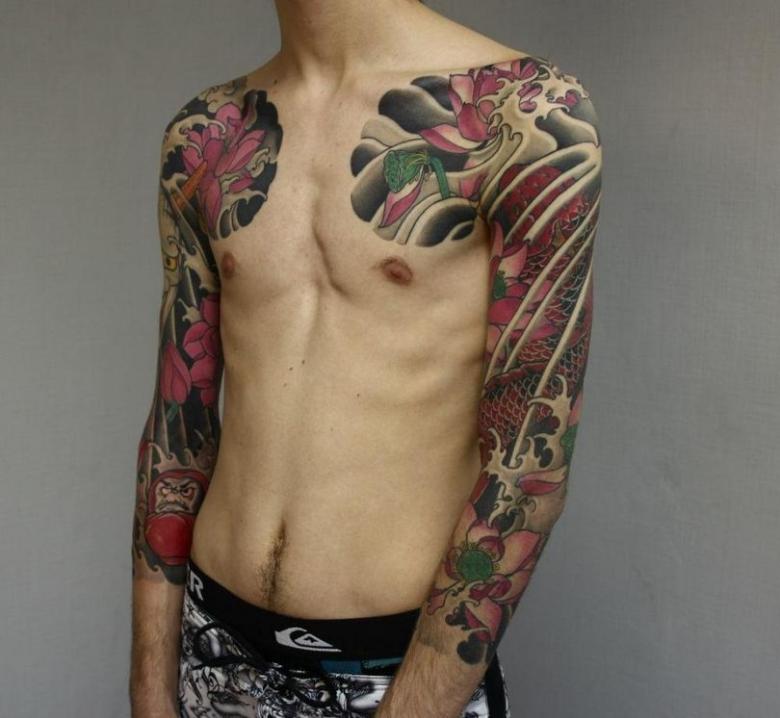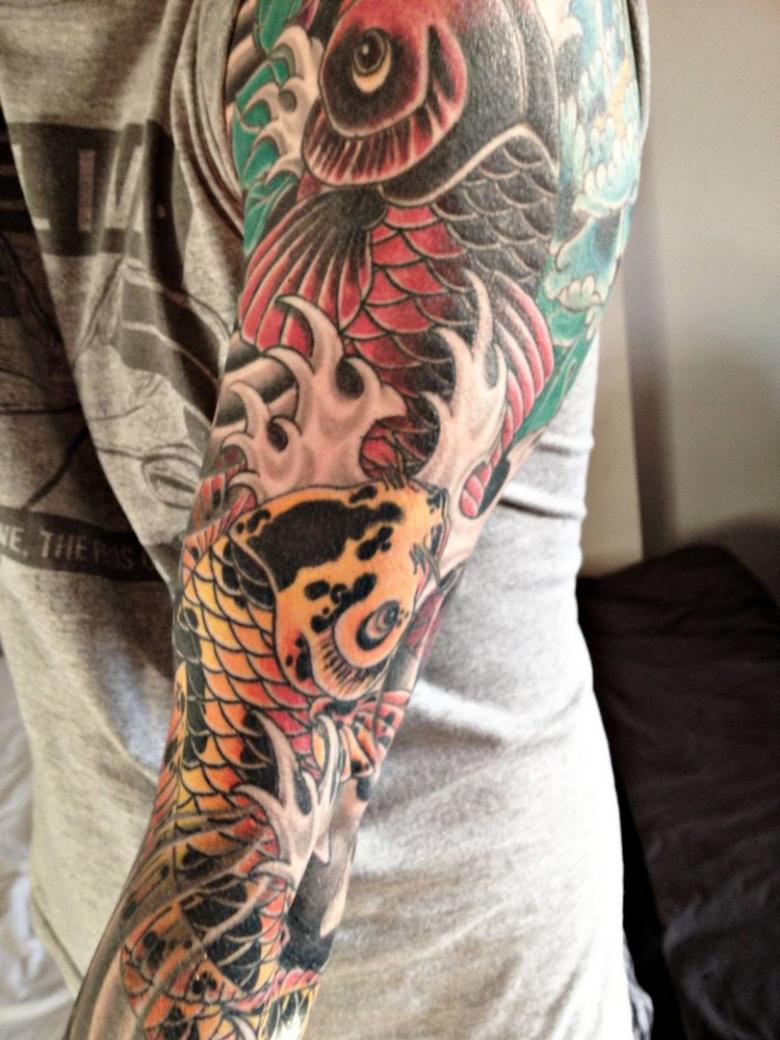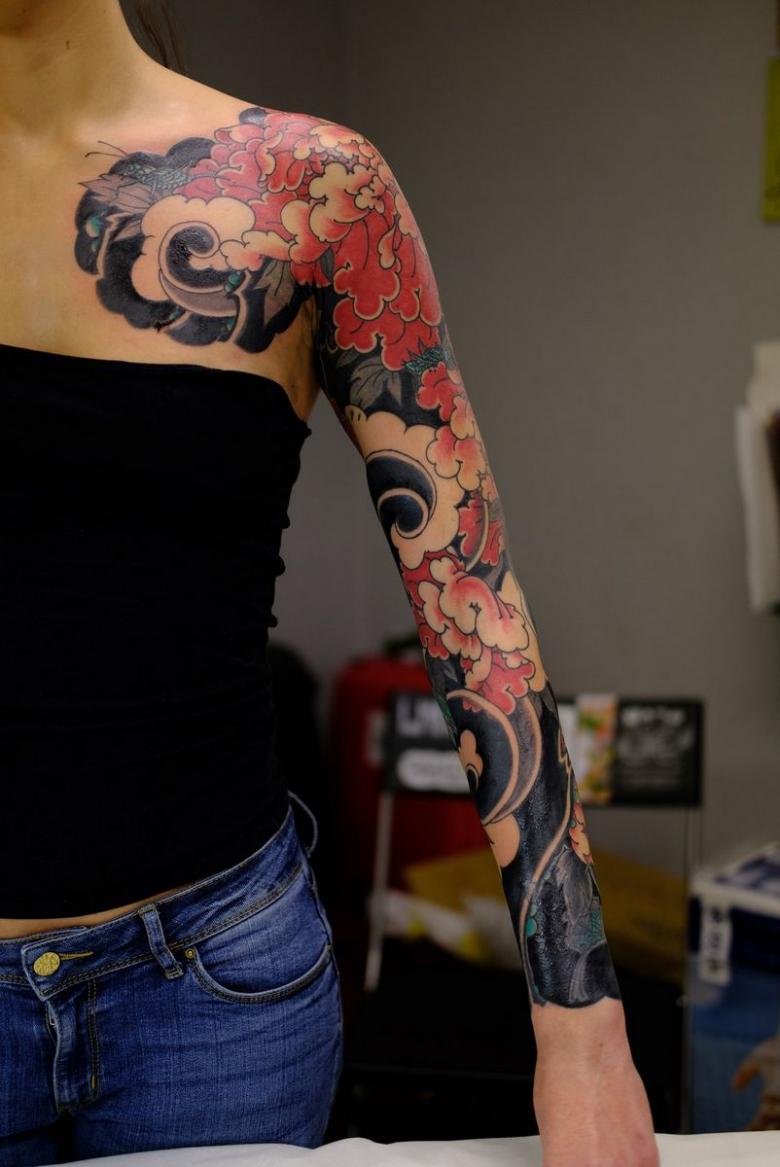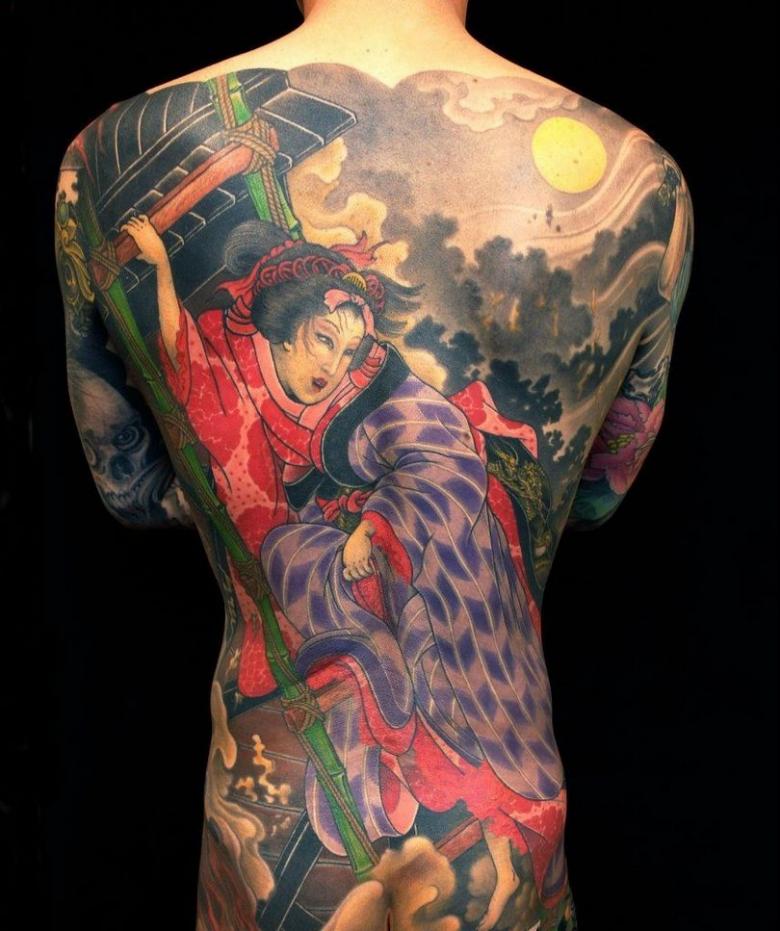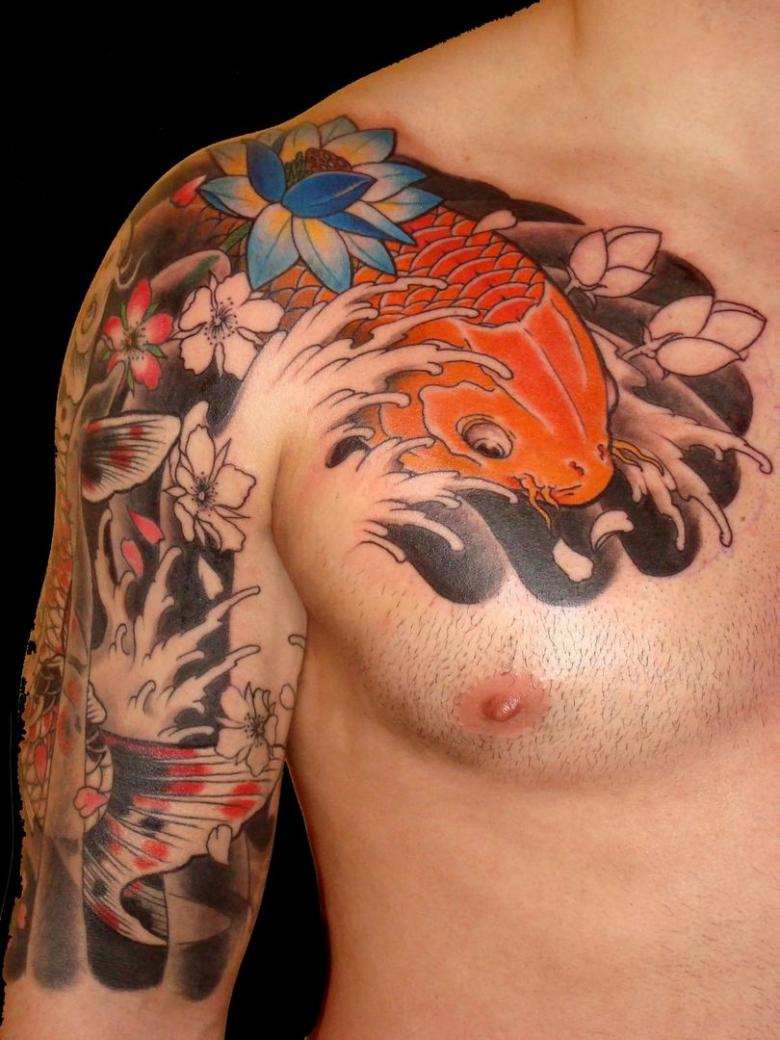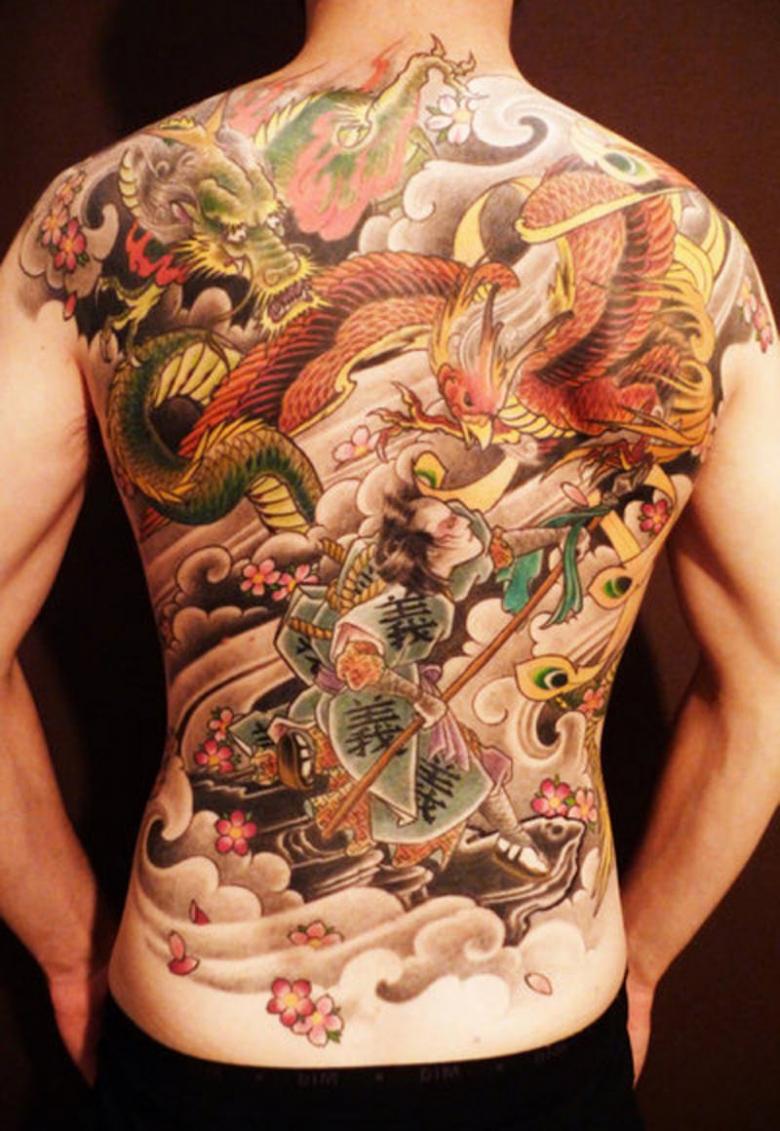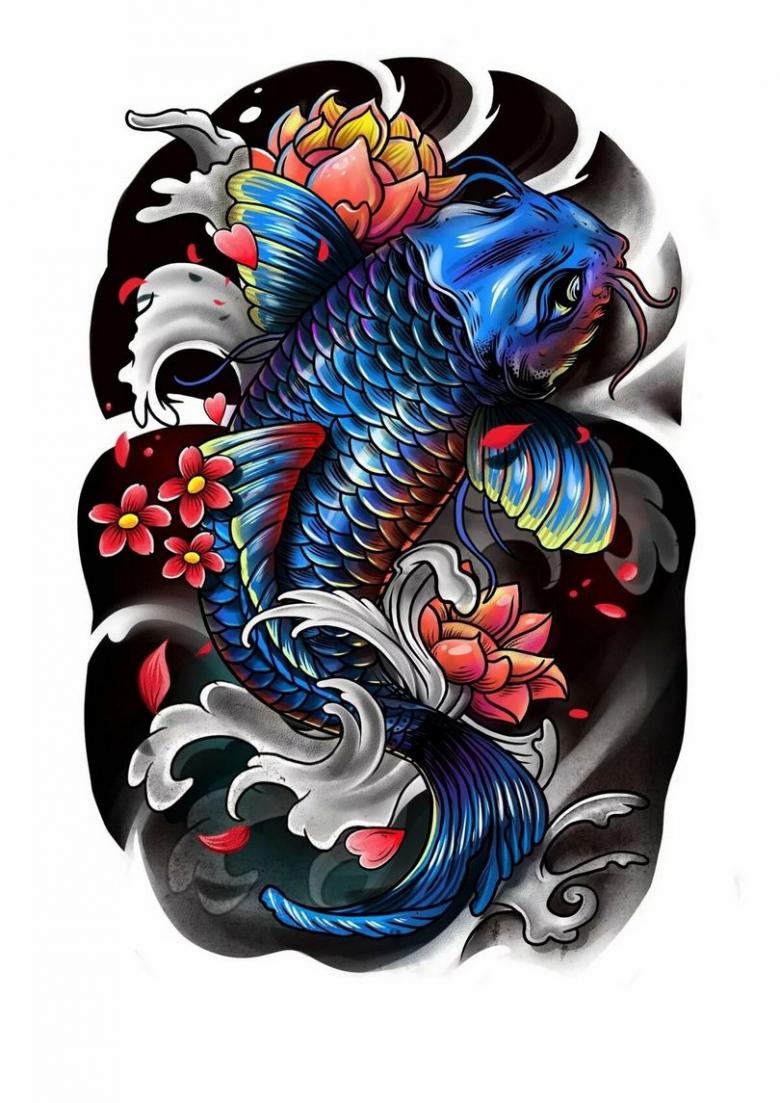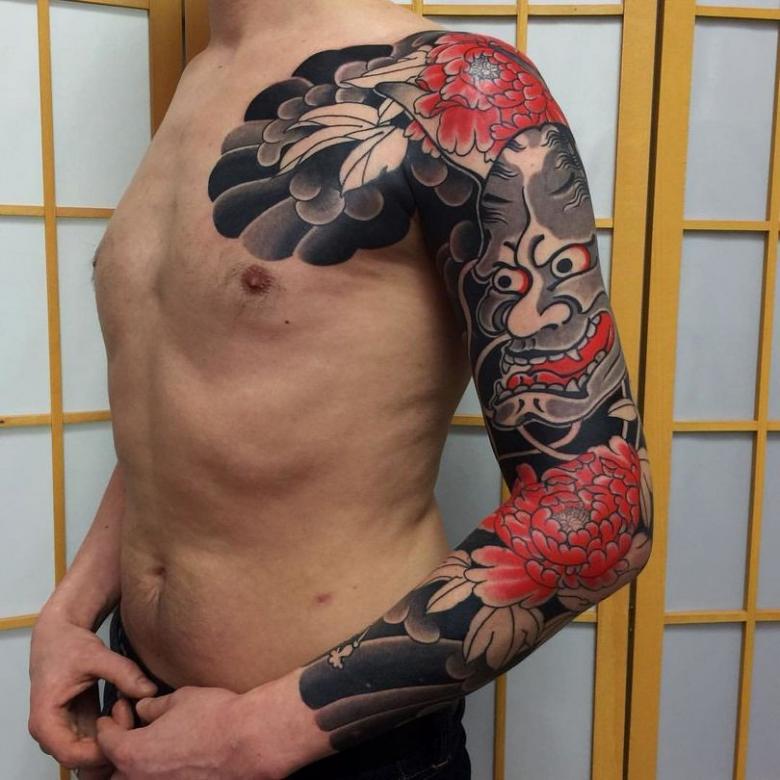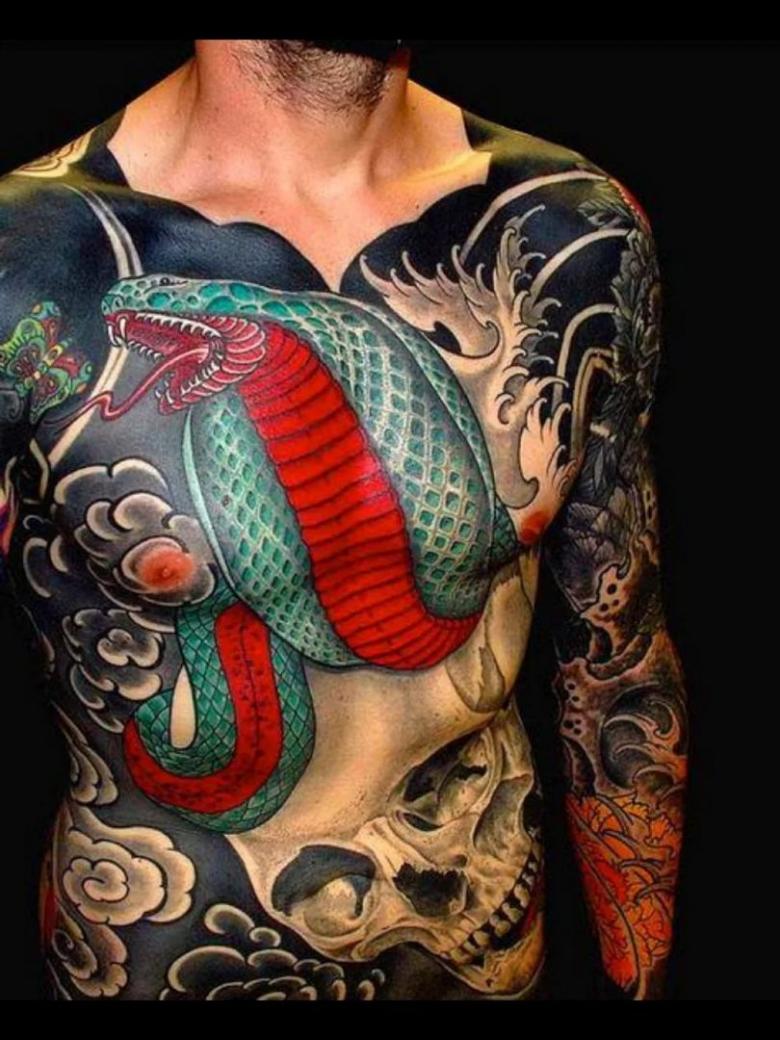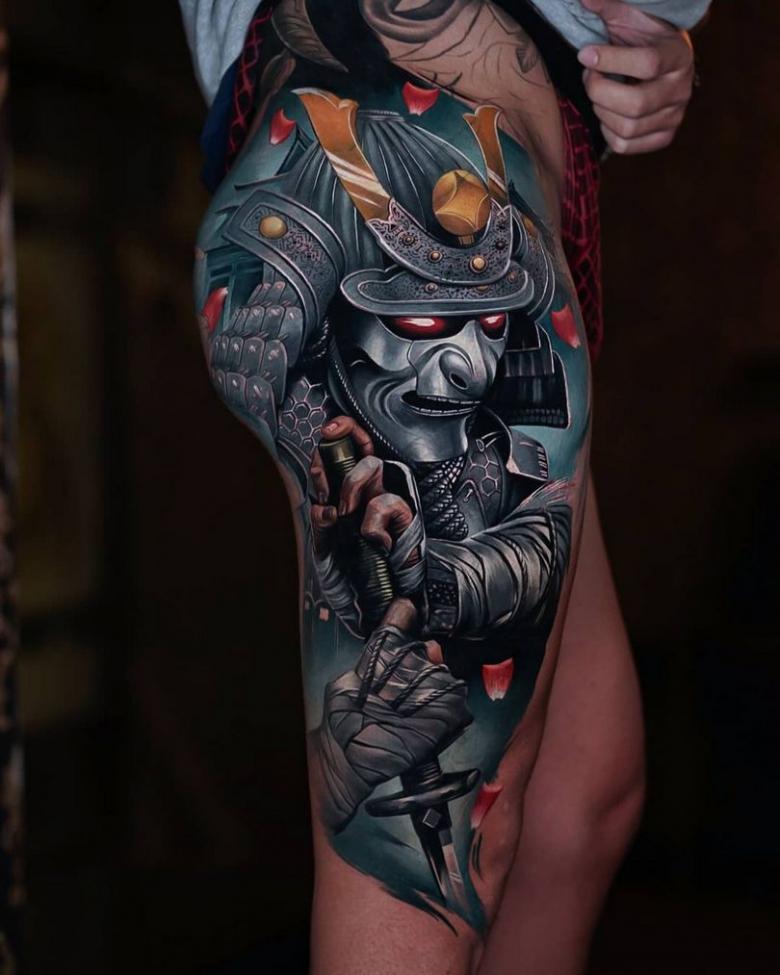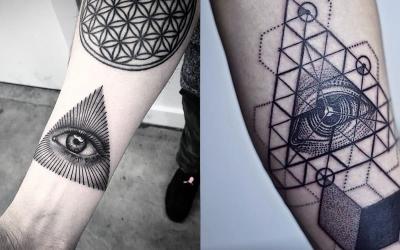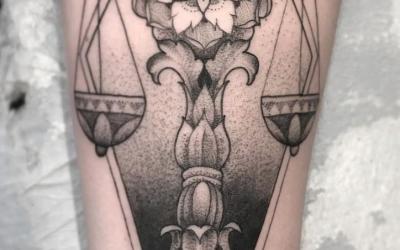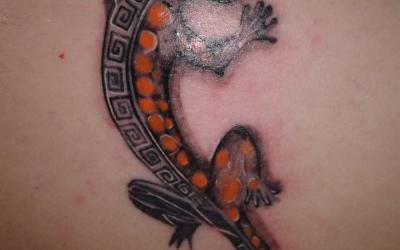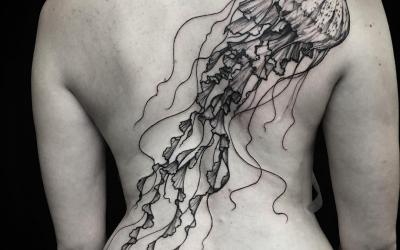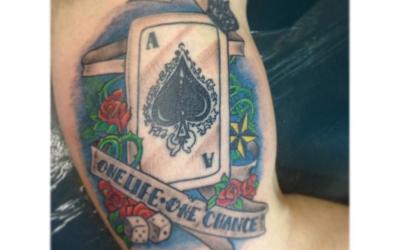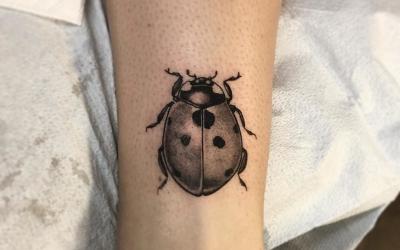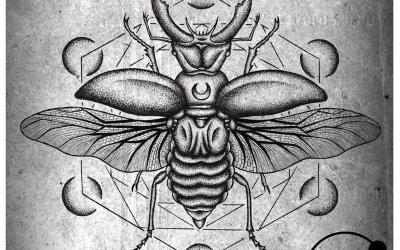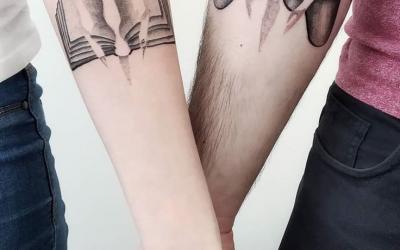Tattoo in Japanese style - meanings for girls and men, symbolism, inspiring designs, photos and videos
If earlier by means of tattoos people reflected their clan affiliation and position on the hierarchical ladder, today artistic tattooing is an opportunity to join the gaining momentum of the fashion trend. There are many reasons why young people tend to decorate their bodies with a beautiful informative design. Some tattoo for the sake of vivid memories, others - to emphasize their merits, others - to swear eternal love.

Nowadays, a tattoo on the body is no longer a sign of a representative of the underground scene. The art of tattooing has fascinated a huge number of office workers, bankers, medics and government employees. This means that society, previously very wary of people with tattoos, today has already recognized this phenomenon as part of urban culture.
How to choose a theme for a Japanese tattoo?
There are many themes and styles today. Any person will be able to pick up a suitable motif, decide on the color scheme, the location on the body, where the tattoo will be placed.
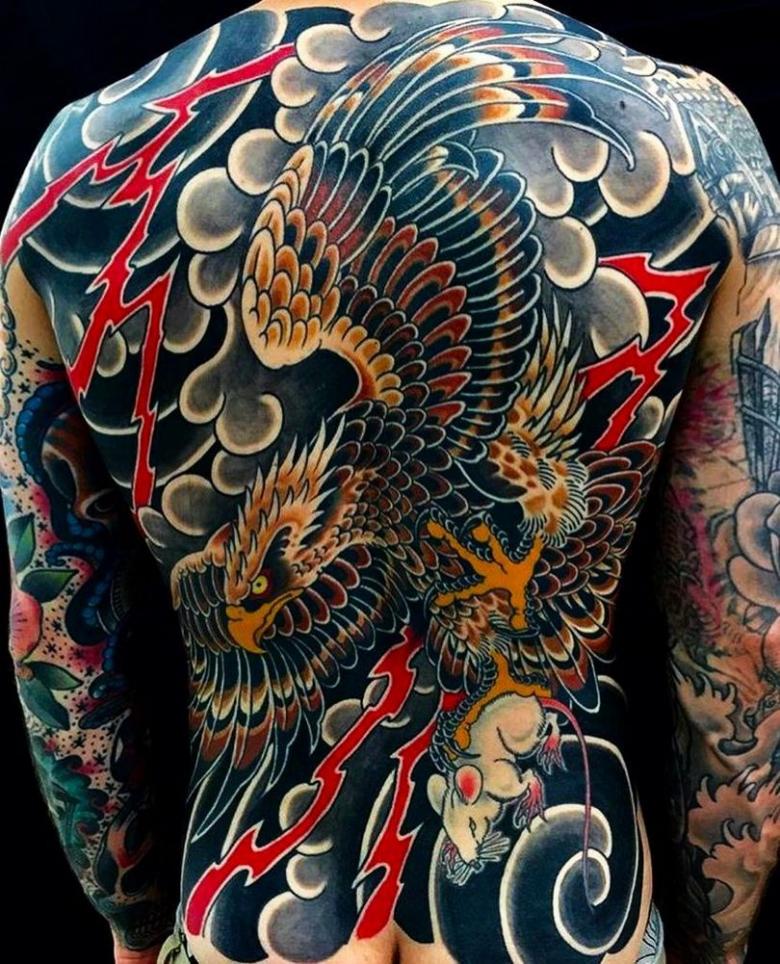
Since one and the same topic can be presented in completely different ways, we would recommend before making a final decision to see how your future master works in his working environment, to communicate with him in his spare time. You will immediately assess the level of professionalism and quality of service, which is not unimportant when you are going to trust someone.
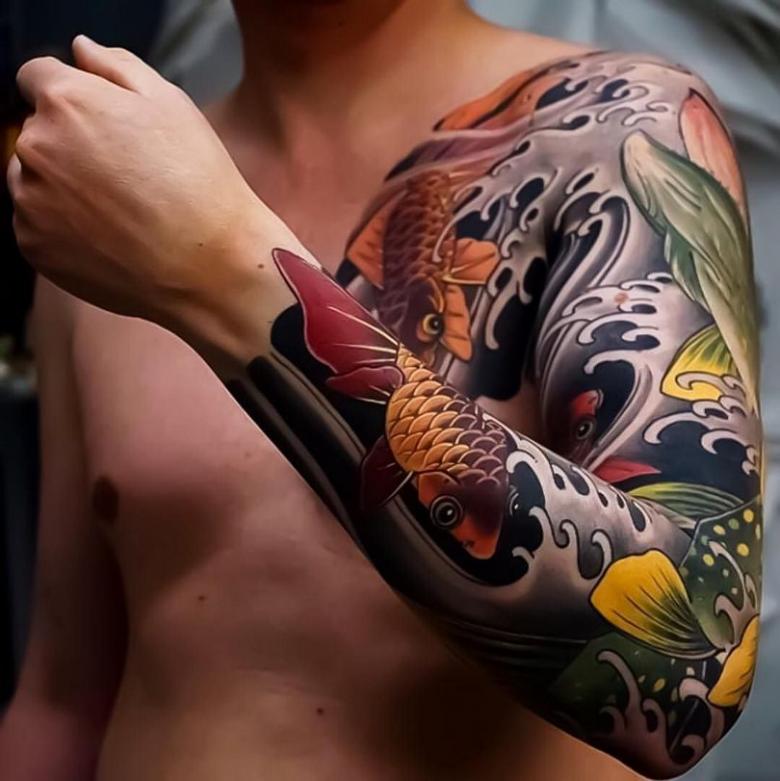
A tattooing professional can have a significant impact on the choice of the client. He, of course, will not impose their vision of the subject, but from mistakes will save. Clever help in choosing a sketch has never hurt anyone. There are clients who come to the salon with no idea what they want to make.
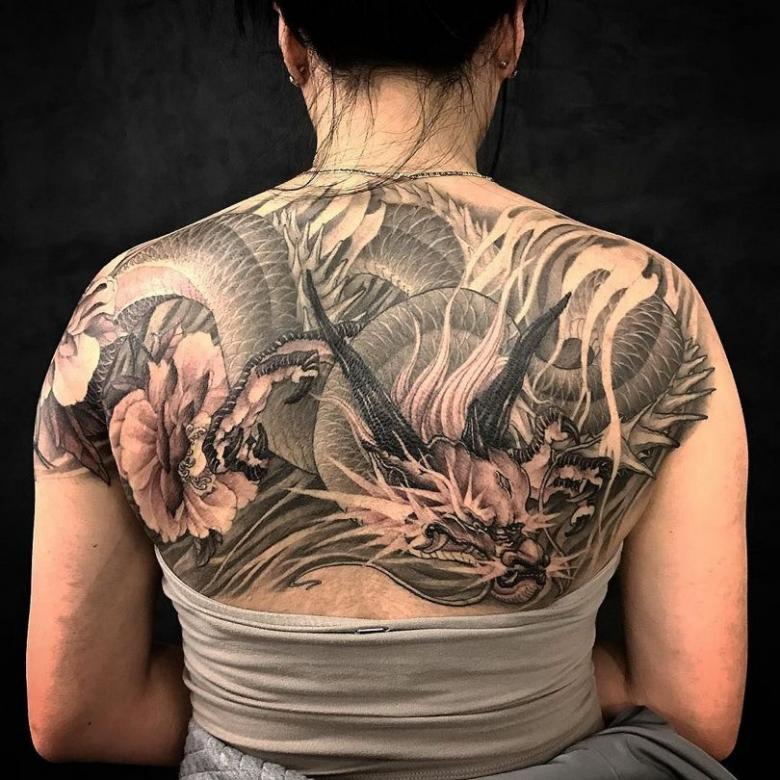
In these cases, the master, assessing the texture, which will have to work, can put forward a reasonable recommendation, suggesting, for example, to refer to the Japanese theme.
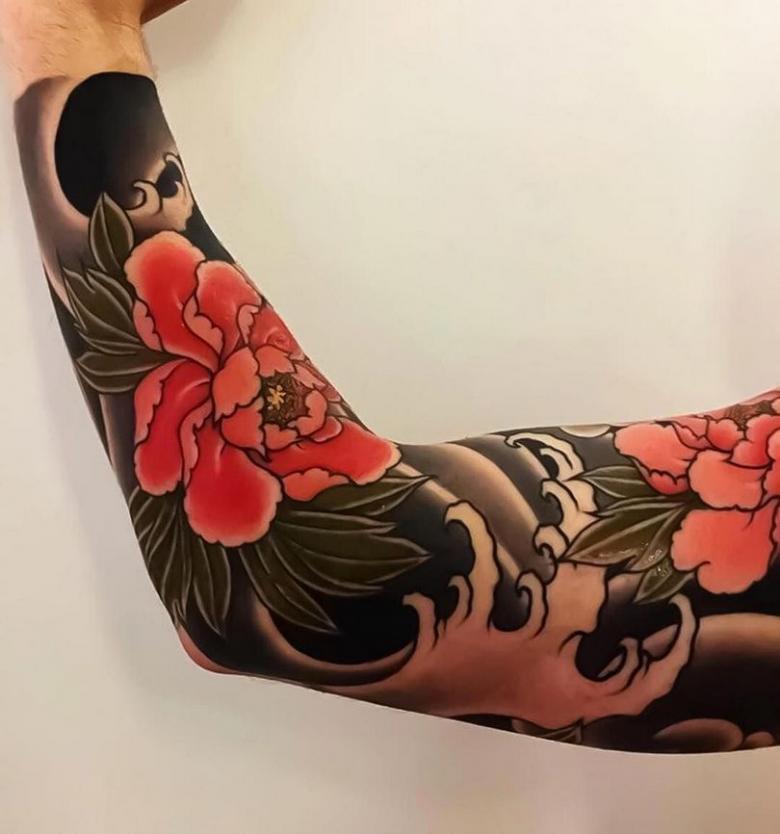
Japanese tattoo plots are quite large-scale. These are bright pictures that are tattooed in order to get the maximum attention to his person. As you can see in the photo, a quality tattoo in the traditional Japanese style will in any case be interesting to the observer, causing a variety of emotions.
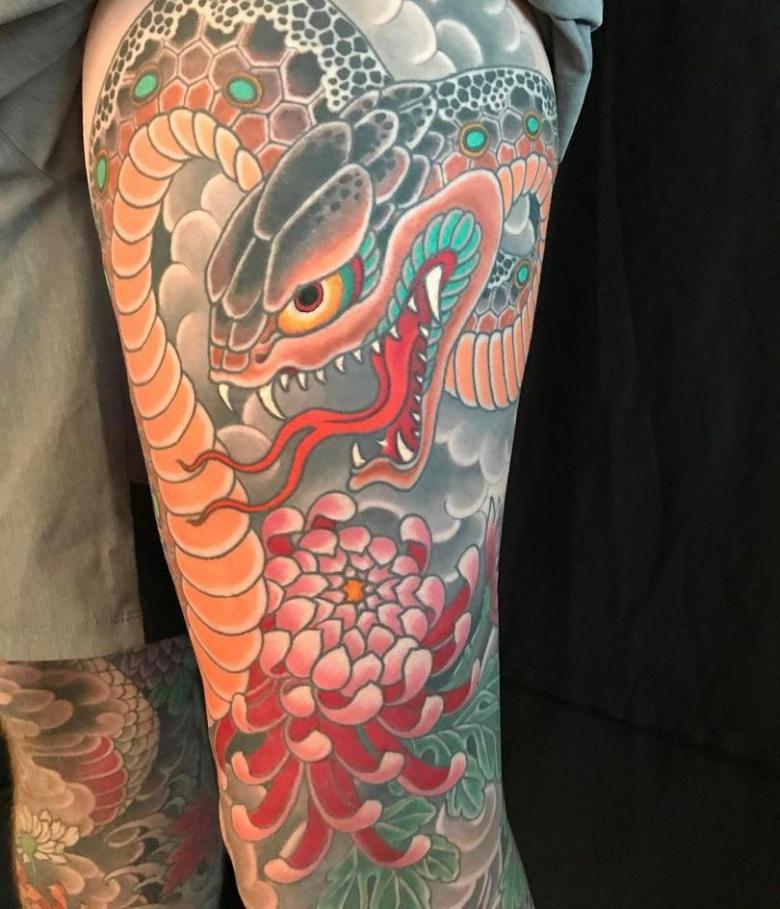
The history of the Japanese tattoo style is probably as deep as the history of the Land of the Rising Sun. Already the first Buddhist monks decorated their bodies with various symbols and hieroglyphs, texts of prayers.
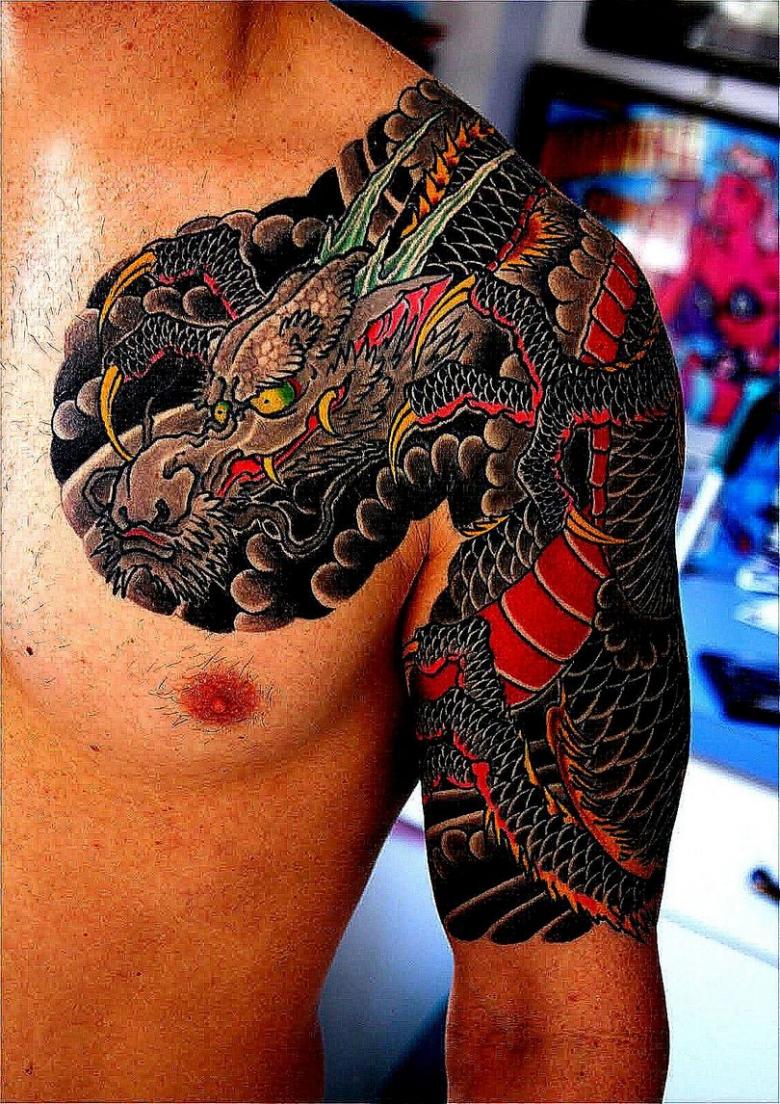
Yakuza Tattoos
Yakuza use tattoos to demonstrate their status. The technology of applying tattoos to a person's skin was also perceived as a challenge. The procedure was long and painful. Many Yakuza treated tattoos as elements to complement their image. They skillfully combined capes and jackets to advantageously emphasize the design. By tattoos, Yakuza determined that a citizen had become a member of a segregated society. He could no longer marry women from "ordinary" families. The most popular tattoos were as follows:
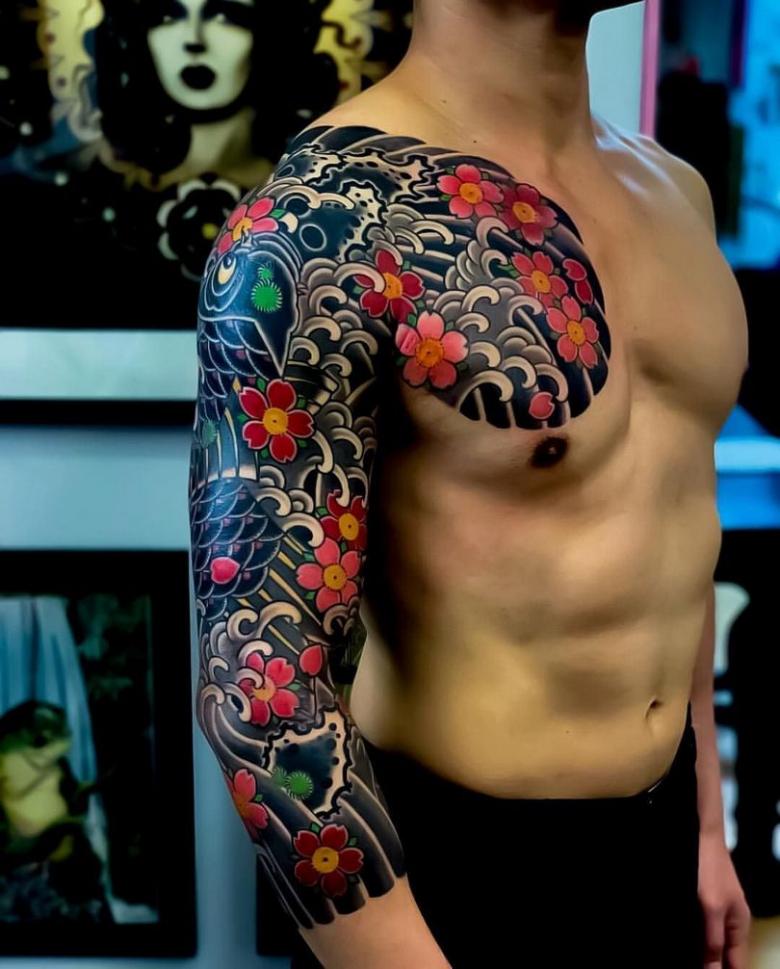
"Kintaro" was a depiction of a mythical character who fought a huge carp;

"Kyumoryu Shishin" was a hero in Chinese clothes who practiced martial arts;
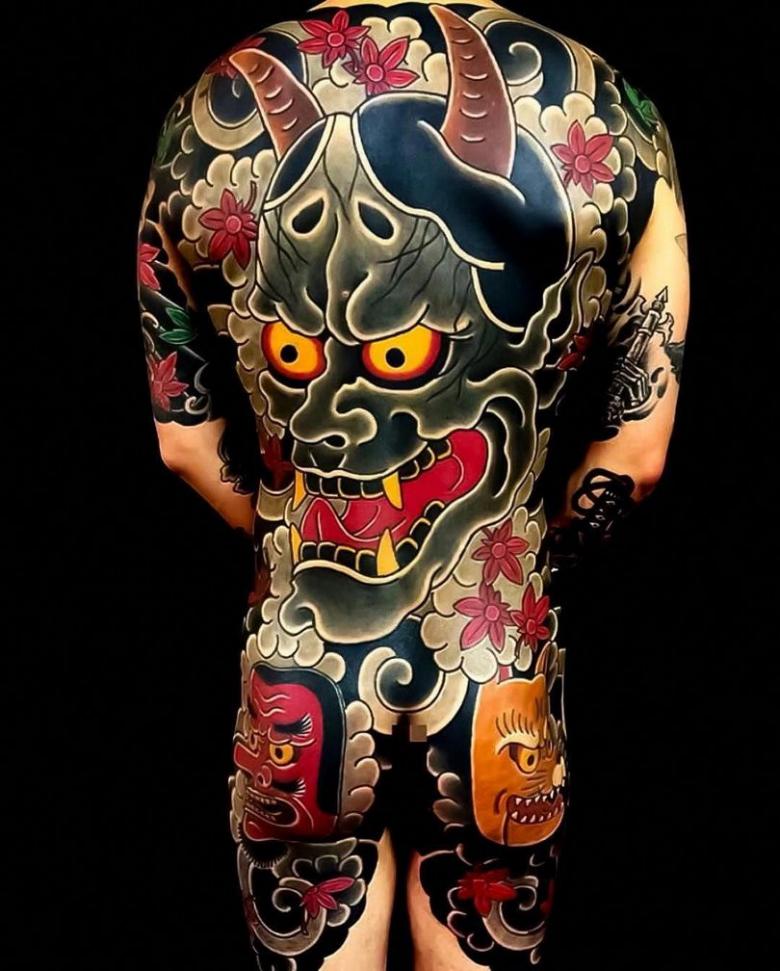
"Tyou Jun" was a hero with a knife in his teeth. It was done by those who thought he was an excellent martial arts master.
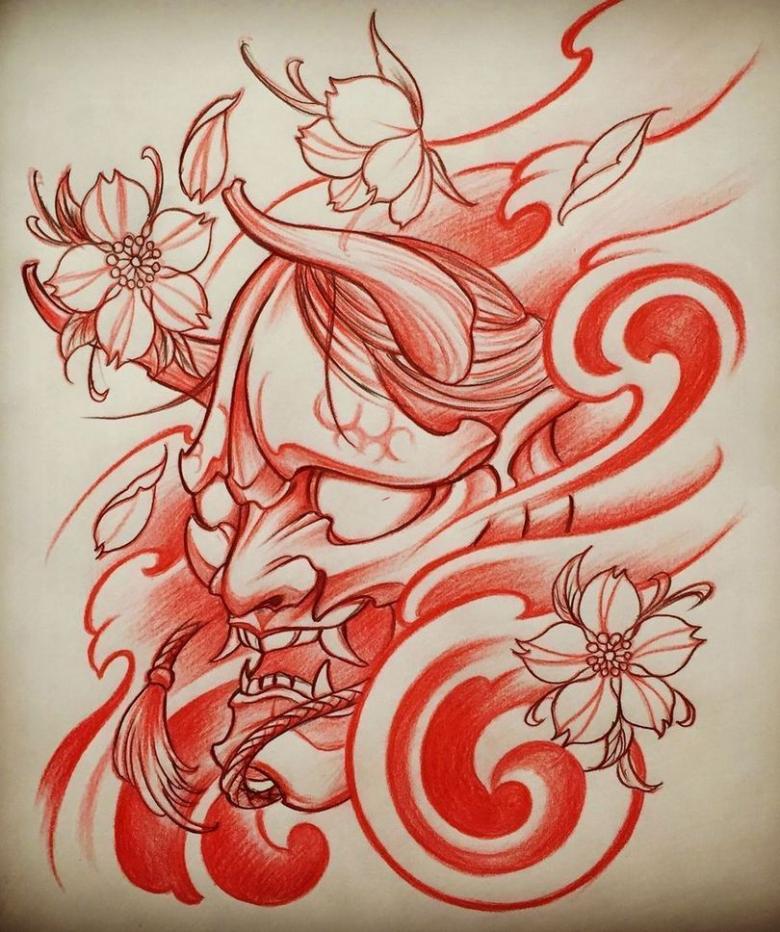
Features of Japanese tattoos
Let's note here a few characteristics of Japanese style tattoos:
- These images are always epic in both size and power of imagery. Often the tattoo occupies almost the entire surface of the body.
- Active use of paint. Red is almost always found. Often the entire palette of color pigments is involved.
- Due to the careful drawing of the lines, any, even the smallest elements are read perfectly.
- Under the tattoo trying not to occupy the body parts, open to the eyes of outsiders. Japanese tattoos are placed under the clothes.
- Each image used in the story is deeply symbolic.
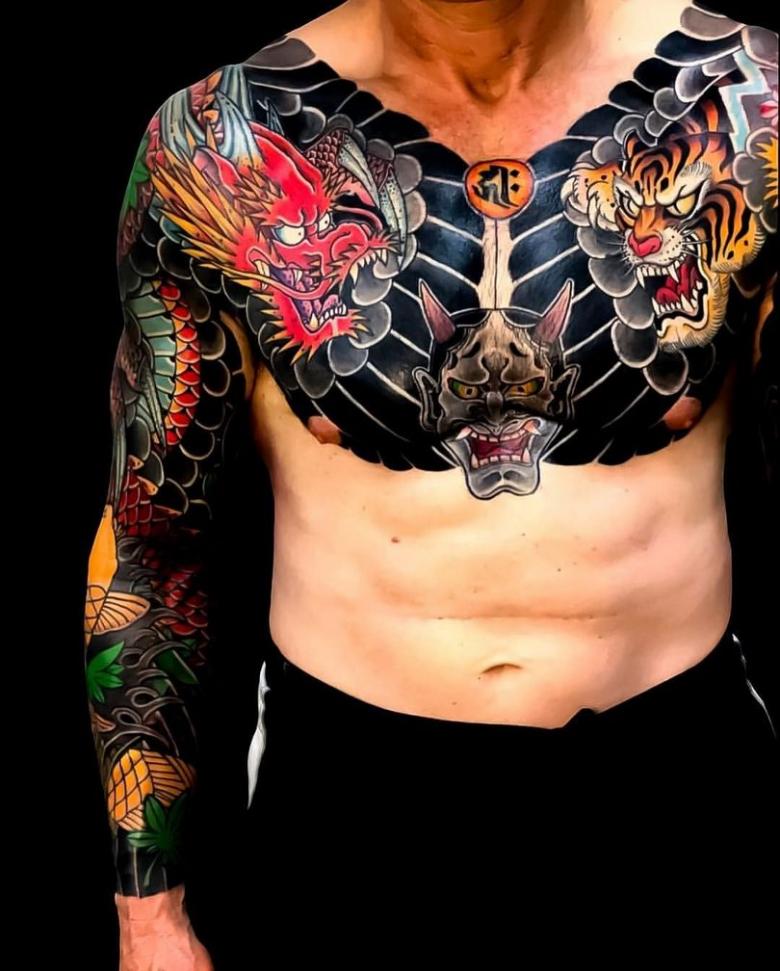
The meaning of Oriental tattoos
The popularity of Japanese tattoos is due to their extraordinary semantic content. For example, the tattoo on the arm symbolizes courage and determination, on the back - protection from a variety of threats. The leg is the place for a tattoo that attracts life's good luck, and the chest is the position for a fateful canvas that challenges the cruel world.

The most common images are:
- The wisdom of straightforward philosophical sayings is sometimes more important to the Japanese than the visualization of an idea, so it was not uncommon to put hieroglyphics on the body.
- Courage, determination and boldness can be displayed using images of the snake and dragon.
- A carp attracts money.
- Beautiful chrysanthemum or sakura blossoms represent courage for men and exquisite beauty for women.
- The best way to show masculinity is to score a tattoo with a mask in oriental style.
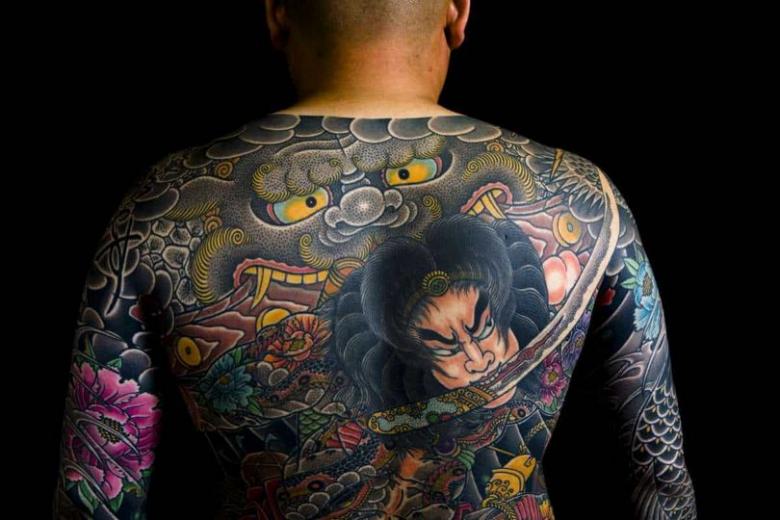
How to choose a good place for a tattoo
Japanese-inspired tattoos are considered the most intense and large. There are no miniature outline-style subjects here. The master's work can cover the whole body, except for the exposed parts.
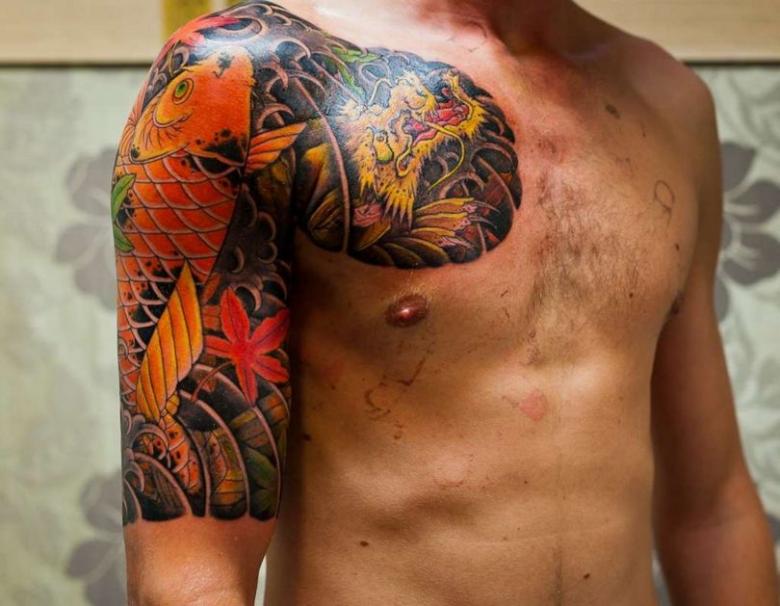
Japanese tattoo for a girl
Turning to the Japanese theme, the fair sex most often choose to implement floral compositions involving such plants as sakura, peony and lotus. Plant subjects have always personified youth and eternal beauty.
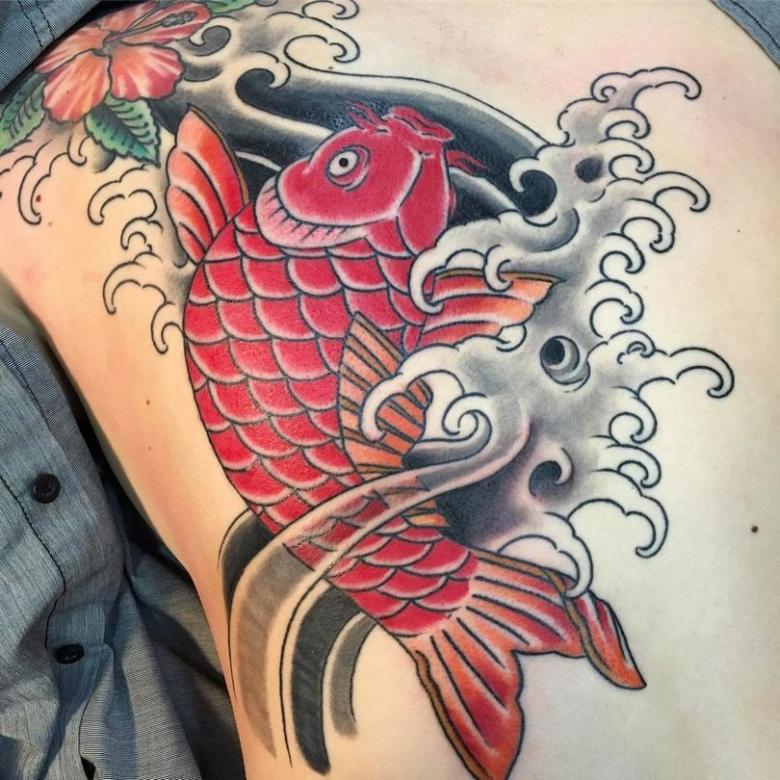
For guys.
Because of the huge number of ironic comments on the internet about mistakes in hieroglyphics, the popularity of this trend has gone downhill. Not being a native speaker, it's better not to experiment with hieroglyphs. The slightest mistake will lead to complete distortion of the meaning of the inscription, which will make any Japanese person having a rest next to you on the beach or in the water park laugh. It is better to give preference to universal renderings - a carp, a tiger, a snake.
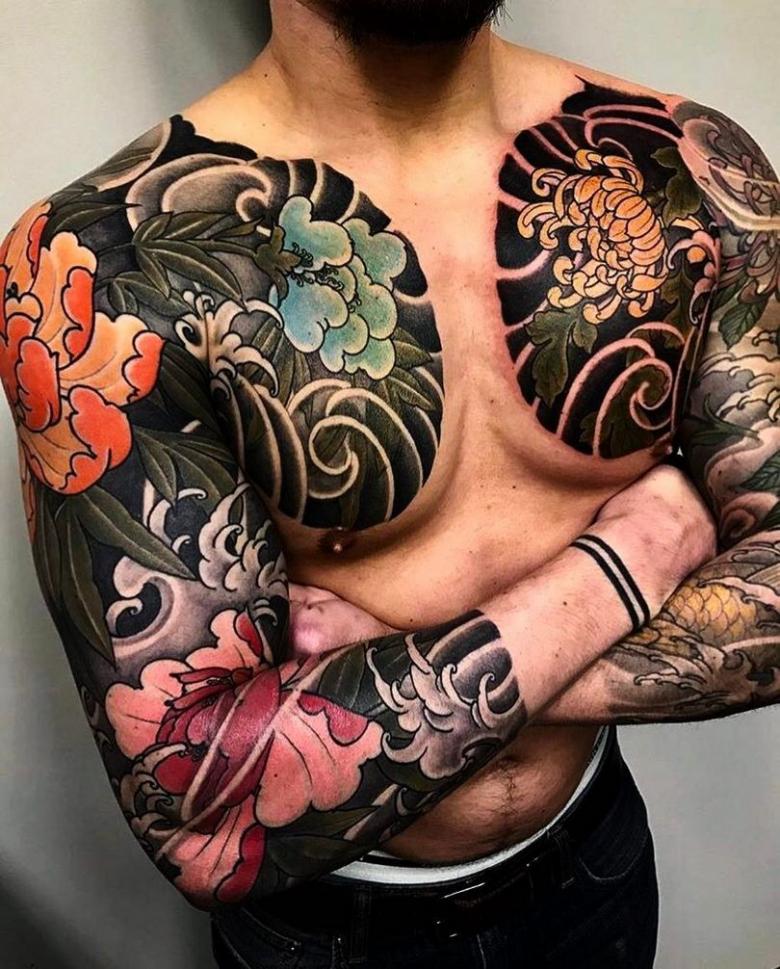
There is no need to engage in imitation, superficially using Japanese folklore and ethnic imagery. Study the tradition as carefully as possible, on Internet forums ask about the misunderstandings revealed. It is also very important to investigate the influence of Japanese tattoos on a person's destiny. The system of images of this culture is filled with various demons and monsters, the meaning of which should be known before beating on the body mask.

